Chest Cartilage Injury: Costochondritis – Symptoms and Causes
What are the symptoms of chest cartilage injury? What causes costochondritis? Discover the complex structure of the chest wall and learn about the different types of cartilage injuries and their symptoms.
Understanding the Chest Wall Structure
The chest wall is a complex structure consisting of a bony skeleton with multiple joints between the sternum (breastbone) and vertebrae (spine), and between the bony parts of the ribs and the costal cartilage part of the rib cage at the front of the chest between the ribs and sternum. In addition, there are multiple ligamentous, tendinous, and muscle attachments. Many of these ‘junctional’ areas can be sources of injury or prone to inflammation and damage.
Manubriosternal Junction
The manubriosternal junction refers to where the manubrium sterni (top of sternum) and body of sternum joint together with the 2nd rib. It is a fibrocartilaginous joint and easily palpable as an often raised prominence as the manubrium joins the sternum at a slight angle (referred to as the sternal angle).

Symptoms of injury to the manubriosternal junction include severe pain, tenderness, and swelling (a step) in the area. A direct blow or indirect acceleration-deceleration compressive-decompressive type of injury (such as during a front-on collision in a seat-belted passenger) can cause a dislocation. Localized inflammation in the area can also lead to increasing pain, discomfort, and occasionally the area can be hot or swollen.
Costosternal Junction
Ribs can be classified based on their costosternal attachments: true ribs if their costal cartilage attaches directly to the sternum, false ribs if their costal cartilage attaches to the cartilage of the next most superior rib (as part of the costal arch), and floating ribs if there is no costal cartilage connection. Ribs 1–7 are true ribs, ribs 8–10 are false ribs, and ribs 11 and 12 are floating ribs.
Costochondral Junction
The costochondral junction refers to the junction or joint between the ribs and the costal cartilage at the front of the chest, typically away or lateral to the sternum. The upper 8 costochondral junctions form a type of joint (hyaline cartilaginous joints) that are more like the junction between the first rib and sternum (synchondrosis), forming a tough type of joint with very little movement. The 9th and 10th rib costochondral junctions are fibrous.
/vector-illustration-of-a-meniscus-tear-and-surgery-871162428-03ac23d73f854954a8082f2ae3ce9219.jpg)
Acute trauma to the costosternal or costochondral joint from an injury to the front of the chest, such as a direct blow or indirect injury like a twisting motion while lifting, can cause sudden and severe pain in the area next to the breastbone at the level of the injury or further away from the sternum where the costal cartilage meets its rib connection. The pain is likely to be tender over the spot, and can be associated with swelling, even bruising, and occasionally a sense of movement or even ‘popping’ caused by subluxation (partial disconnection of the junction) or dislocation (complete disconnection).
Costochondritis and Tietze Syndrome
Costochondritis (inflammation of the cartilage junctions of the sternum or ribs) and Tietze syndrome (sudden chest pain and localized swelling at the junction of the sternum and ribs) are inflammatory causes of sternal and chest wall pain.
The Costal Arch
The costal arch or margin refers to the lower edge of the chest formed by the bottom edge of the rib cage. It is formed by the 7th to the 10th rib costal cartilages to create the costal arch. Interchondral junctions or articulations are joints between costal cartilage forming the costal arch and the lower ribs. The costal arch is made of cartilage, making it quite difficult to image.

The shape of the costal arch can vary, with some individuals having a narrower arch while others have a broader, wider arch. Age, gender, and obesity (particularly truncal abdominal obesity or a “pot belly”) can affect the shape of the costal arch.
Factors Affecting the Chest Wall Structure
The complex structure of the chest wall, with its multiple joints, ligaments, tendons, and muscle attachments, makes it prone to a variety of injuries and inflammatory conditions. Understanding the anatomy and the potential sources of pain and discomfort in this region is key to effectively diagnosing and treating chest wall-related issues.
Complex Chest Wall Injury | Rib Injury Clinic
The Chest wall is a complex structure consisting of a bony skeleton with multiple joints between the sternum (breastbone) and vertebrae (spine), and between the bony parts of the ribs and the costal cartilage part of the rib cage at the front of the chest between the ribs and sternum. In addition, there are multiple ligamentous, tendinous and muscle attachments. Many of this ‘junctional’ areas can be sources of injury or prone to inflammation and damage.
Annotated image of a CT 3D reconstruction showing the (a) anterior and (b) lateral chest wall structures.
Manubriosternal junction
Refers to where the manubrium sterni (top of sternum) and body of sternum joint together with the 2nd rib. It is a fibrocartilaginous joint and easily palpable as an often raised prominence as the manubrium joins the sternum at a slight angle (referred to as the sternal angle).
Symptoms
The maubriosternal junction can be injured through a direct blow or indirectly through acceleration-deceleration compressive-decompressive type of injury (for example during a front on collision in a seat belted passenger). This results in a dislocation and can lead to severe pain, tenderness and swelling (a step) in the area. If such an injury is suspected a chest CT scan is required to diagnosis and to assess for other chest injuries.
A more insidious problem is the development of localised inflammation in the area leading increasing pain, discomfort and occasionally the area can be hot or swollen. A high clinical suspicion is regarded and together with radiological investigations such as an MRI.
Manubriosternal junction or Sternal angle (highlighted with red circle)
Costosternal junction
Ribs can be classified on the basis of their costosternal attachments: true ribs if their costal cartilage attaches directly to the sternum, false ribs if their costal cartilage attaches to the cartilage of the next most superior rib (as part of the costal arch), and floating ribs if there is no costal cartilage connection.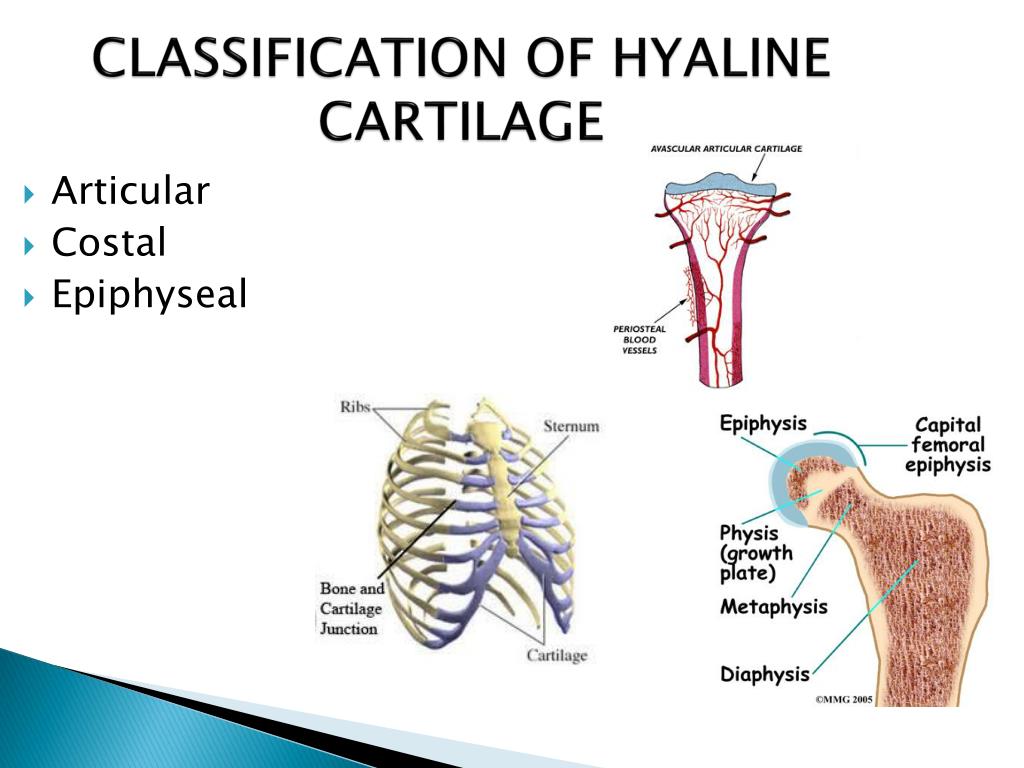 Ribs 1–7 are true ribs, ribs 8–10 are false ribs, and ribs 11 and 12 are floating ribs.
Ribs 1–7 are true ribs, ribs 8–10 are false ribs, and ribs 11 and 12 are floating ribs.
Costochrondral junction
Refers to the junction or joint between the ribs and the costal cartilage at the front of the chest typically away or lateral to sternum. Like the costosternal joint, the upper 8 costochondral junctions forms a type of joint (hyaline cartilaginous joints) which are more like the junction between the first rib and sternum (synchondrosis) so form a tough type of joint very little movement. The 9th and 10th rib costochondral junctions are fibrous.
Symptoms
The main types of pain seen are due to either injury from a blow or indirect trauma and inflammation.
Illustration of Costosternal and costochondral junctions
Acute trauma to costosternal / costochondral joint from an injury to the front of the chest such as a direct blow, or indirectly.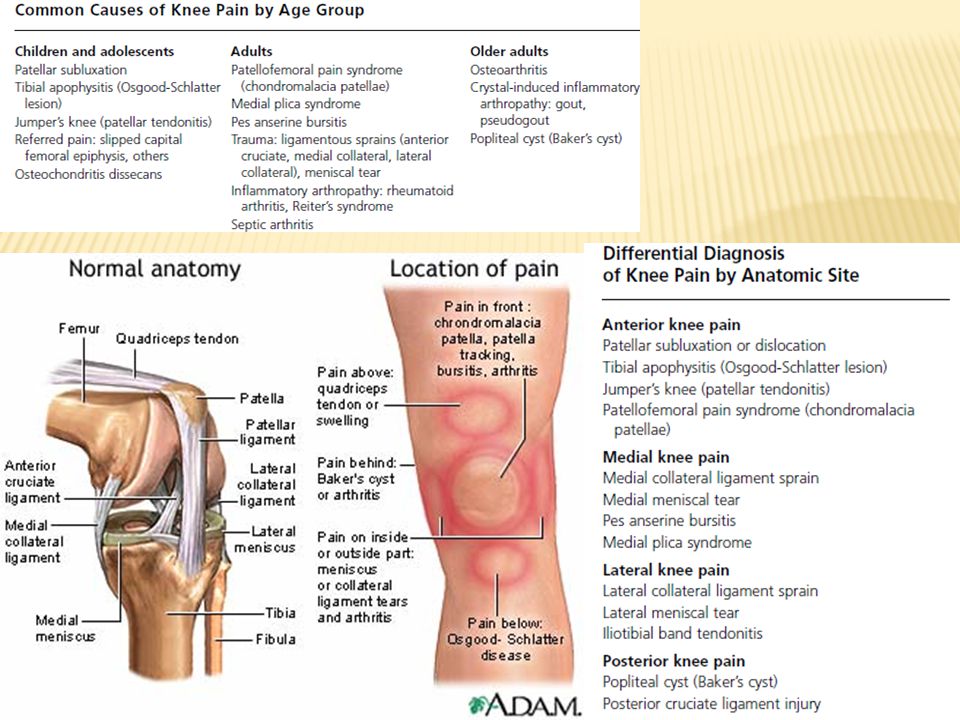 It can be quite minor such as a twisting injury whilst lifting or even a violet cough or sneeze. It is typically associated with sudden and severe pain in the area next to the breastbone at the level of the injury or further away from the sternum with costal cartilage meets its rib connection. The pain is likely to be tender over the spot, and can be associated with swelling, even bruising and occasionally a sense of movement or even ‘popping’ caused by subluxation (partial disconnection of the junction) or dislocation (complete disconnection).
It can be quite minor such as a twisting injury whilst lifting or even a violet cough or sneeze. It is typically associated with sudden and severe pain in the area next to the breastbone at the level of the injury or further away from the sternum with costal cartilage meets its rib connection. The pain is likely to be tender over the spot, and can be associated with swelling, even bruising and occasionally a sense of movement or even ‘popping’ caused by subluxation (partial disconnection of the junction) or dislocation (complete disconnection).
Chest CT scan following fall of an acute costochondral facture (red circle)
Costochondritis (Inflammation of the cartilage junctions of the sternum or ribs) and Tietze syndrome (sudden chest pain and localised swelling at junction of the sternum and ribs) are inflammatory causes of sternal and chest wall pain, see Costochondritis and other inflammatory problems.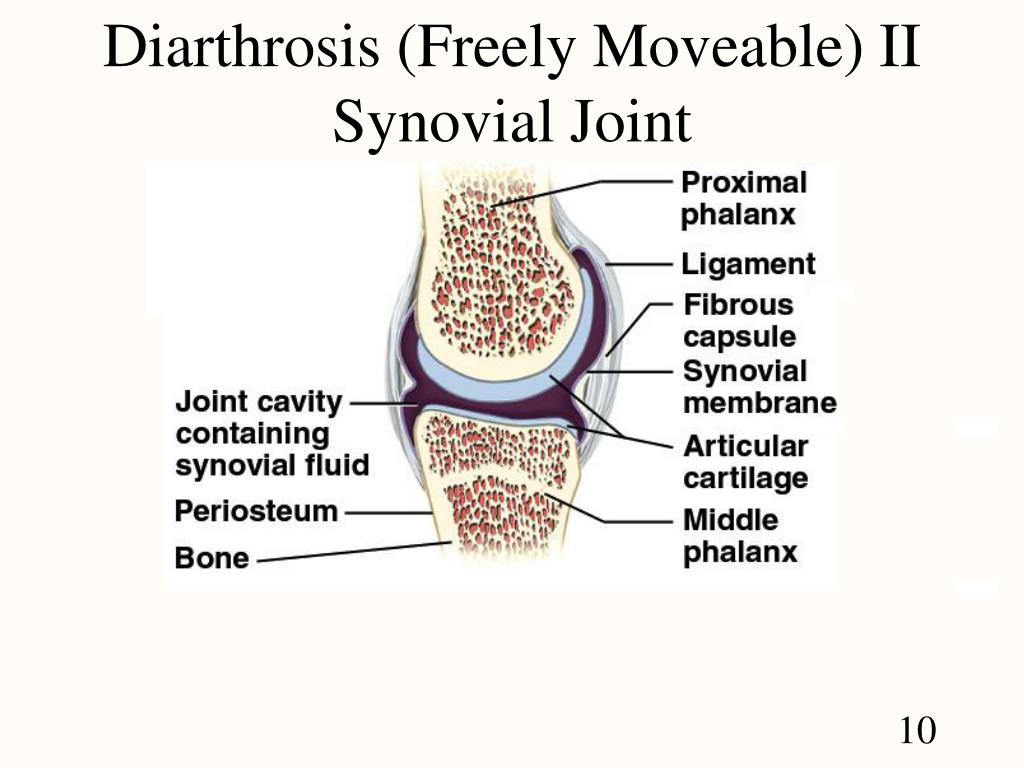
Costal arch
Costal arch or margin refers to the lower edge of the chest formed by the bottom edge of the rib cage. It is formed by the 7th to the 10th rib costal cartilages to create the costal arch. Interchrondal junctions or articulations are joints between costal cartilage forming the costal arch and the lower ribs. The costal arch because it is made of cartilage is actually quite difficult to image.
CT reconstruction and rendering of the costal cartilage (in blue) showing the costal arch or margin
The costal arch varies in shape with narrow (left) and broad wide costal arches (right). Age, gender, obesity (particularly truncal abdominal obesity (pot belly) influence the shape
There appears to be some variation between how the costal cartilage of the lower ribs particularly the 9th and 10th ribs articulate with the costal arch. If the lower costal cartilages are not fully attached to the costal arch it may lead to a condition called slipped rib syndrome.![]()
The shape of the lower chest created by the costal arches is quite variable with variation seen. Rib flare refers to a particular type of costal arch that is prominent particularly on the left and is often but not always associated with pectus chest wall deformities.
Bilateral rib flare showing a right sided costal arch with a dip (or deficit) (arrow in green) where the lower costal arch has not formed completely. In this case it was associated with slipped rib syndrome. NOTE: Incidental pectus Excavatum.
Bilateral rib flare in a young man with no symptoms or other issues
Symptoms
The main types of pain seen are due to either injury from a blow or indirect trauma and inflammation.
Acute trauma to costal arch from an injury to the front of the chest such as a direct blow, or indirectly. As with costosternal and costochondral injuries it can be quite minor such as a twisting injury whilst lifting or even a violet cough or sneeze.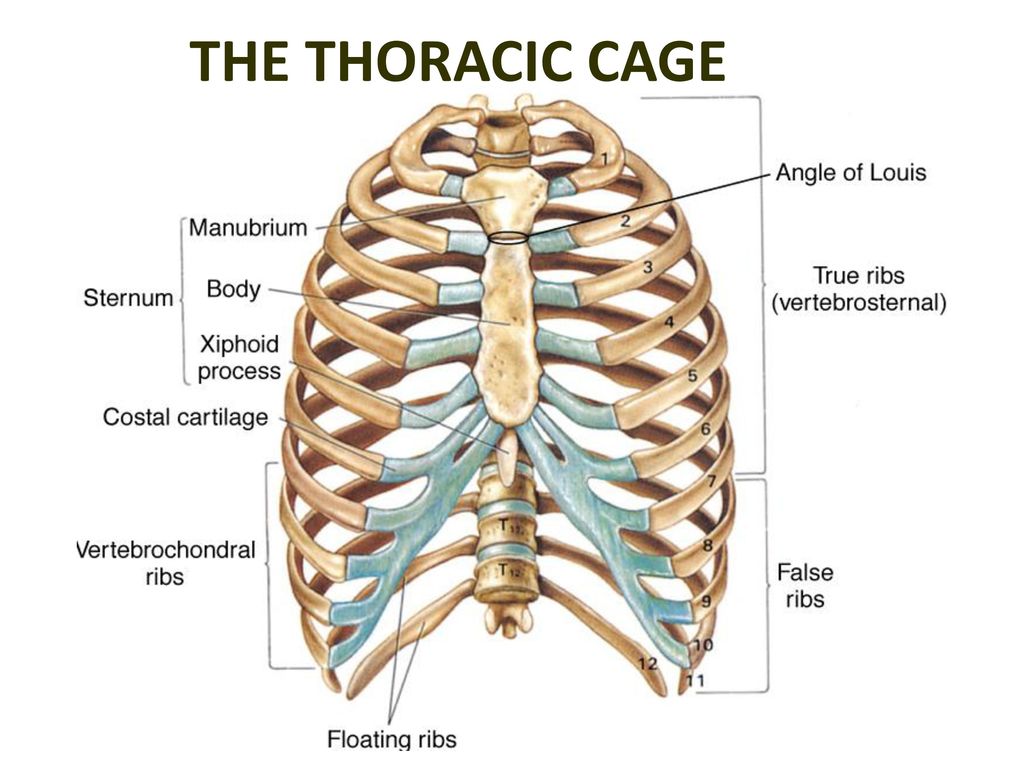 It is typically associated with sudden and severe pain in the area of the costal arch. The pain is likely to be tender over the spot, and can be associated with swelling, even bruising and occasionally a sense of movement or even ‘popping’ or even a ‘step’ caused by subluxation (partial disconnection of the junction) or dislocation (complete disconnection).
It is typically associated with sudden and severe pain in the area of the costal arch. The pain is likely to be tender over the spot, and can be associated with swelling, even bruising and occasionally a sense of movement or even ‘popping’ or even a ‘step’ caused by subluxation (partial disconnection of the junction) or dislocation (complete disconnection).
Old fracture of the costal arch leaving a ‘lump’ and chronic pain (red circle)
Left costal arch with excision of 9th rib tip (with costal arch illustrated in grey)
Slipped rib syndrome refers to pain of the lower costal arch caused by abnormal movement of the lower costal cartilage (typically the 8th, 9th or 10th rib tips). It’s likely to be associated an abnormal or ‘lose’ connection between articulations of the costal arch which then allows movement leading to irritation and pain. See Slipped Rib Syndrome.
Xiphersternal junction
At the bottom of the breastbone (sternum) is a further junction between the bony bottom of the sternum and the cartilaginous xiphisternum or xiphoid process.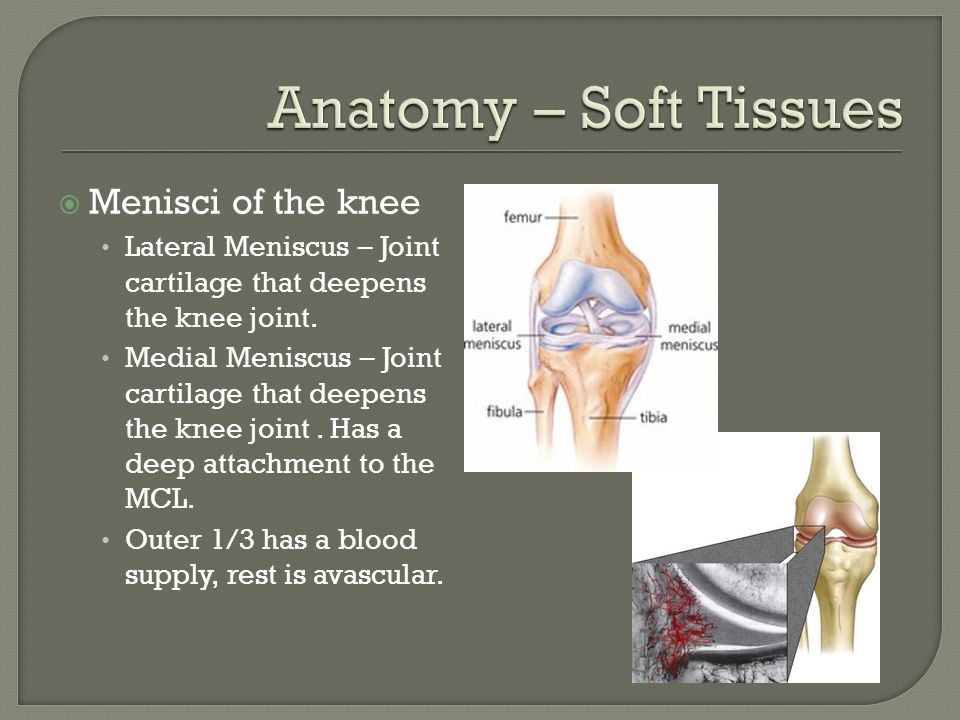 Xiphersternal junction is a type of joint with very little or no movement.
Xiphersternal junction is a type of joint with very little or no movement.
Symptoms
Pain caused by the xiphoid process is called xiphoidalgia. Xiphoid process pain occurs for varying reasons but is often related to minor trauma to the area, over exercise (such as abdominal crunches) or can become more prominent following excessive weight loss. Local inflammation can also occur. See Costochondritis and other inflammatory problems.
Chronic xiphersternal junction fracture (red circle) following direct blow leading to a lump and chronic pain on exertion
Treatment
Complex chest wall injuries can be treated either conservatively involving rest, restrictions of activities and painkillers, or through some form of intervention including targeted physical therapy, trigger point injections or a variety of surgical options. See Treatments.
Costochondritis: Causes, symptoms, and treatment
The ribs are connected to the breastbone by tough, protective tissue called cartilage. When this cartilage becomes inflamed, the condition is known as costochondritis or chest wall pain.
When this cartilage becomes inflamed, the condition is known as costochondritis or chest wall pain.
While this condition is usually temporary, it can be alarming, as the pain can become so significant it mimics a heart attack.
Doctors may also refer to costochondritis as costosternal syndrome or costosternal chondrodynia. The condition will usually resolve on its own with home treatments.
Share on PinterestUsually costochondritis will resolve itself with home treatment, and is a temporary condition.
Though causes are often unknown, in some instances, the condition can be the result of one or more of the following:
- history of an illness that causes a lot of coughing
- heavy lifting or strenuous exercise, involving the upper extremities and chest wall
- carrying heavy bags, such as a heavy backpack on one side or the other
- having large breasts
- history of chest injuries or chest infections
- undergoing surgery that affects the chest wall, such as cardiac bypass
Doctors call costochondritis that has no known causes idiopathic costochondritis.
Chest discomfort and pain may be stabbing, burning, or aching in nature. The ribs most affected are the second to fifth ones.
The condition most commonly affects those older than age 40, according to an article in the journal American Family Physician. An estimated 13-36 percent of those who seek emergency medical attention for chest pain are experiencing costochondritis.
The following activities usually worsened the pain associated with costochondritis:
- significant amount of coughing
- strenuous exercise
- physical activity using the upper arms, such as lifting boxes
The pain associated with costochondritis usually occurs on the left side of the body but can affect both sides.
Tietze syndrome
There is a variation of costochondritis called Tietze syndrome. This condition causes pain associated with costochondritis, as well as swelling of the rib cartilage.
The swelling of Tietze syndrome affects at least one of the upper four ribs, usually the second or third ribs.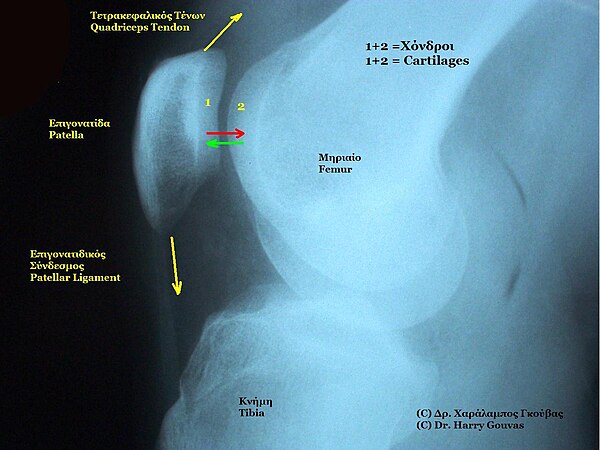 While the pain associated with costochondritis may subside with time, some people with Tietze syndrome will still experience the swelling.
While the pain associated with costochondritis may subside with time, some people with Tietze syndrome will still experience the swelling.
Although doctors have not defined how prevalent this condition is, they do consider it to be a rare disorder. Other than pain and discomfort, it does not cause any long-term harmful effects.
Share on PinterestThe symptoms of costochondritis can be worsened by certain activities, such as lifting heavy objects, or strenuous coughing.
Doctors usually treat costochondritis conservatively. Resting and avoiding strenuous exercise that affects the chest wall can help. So can over-the-counter pain relievers, such as ibuprofen or acetaminophen.
Children under age 18 should not take aspirin due to the increased risk for Reye’s syndrome.
In rare instances, a doctor may recommend injections of lidocaine or corticosteroids to reduce pain and inflammation. Other treatments that may help to relieve chest pain include:
- Applying moist heat by way of warm compresses.

- Taking cough suppressants to ease coughing and reduce pressure to the cartilage.
- Physical therapy to ease tension in the chest wall.
If these treatments do not reduce a person’s incidence of costochondritis, they should seek a follow-up with their doctor.
If a person is having chest pain, they should not try to determine for themselves if it is a heart-related issue or costochondritis. Instead, they should seek immediate medical attention.
If a younger person who is not at risk of heart attack experiences these symptoms, they should seek emergency attention if their chest pain is sharp and does not improve with rest.
If someone has gone to a doctor for their symptoms and has been diagnosed with costochondritis, there are still some instances when a person should seek immediate medical attention again. These include:
- feeling faint, dizzy, or lightheaded
- feeling as if the heart is beating irregularly or too fast
- pain that worsens over time or cannot be relieved by pain medicine
- having a shortness of breath
- a fever that is higher than 100.
 4 °F in an adult
4 °F in an adult - coughing up dark-colored sputum or blood
If the chest pain is radiating to the arms, neck, shoulder, jaw, or back, a person should seek immediate medical attention.
Share on PinterestSome conditions may seem similar to costochondritis, including an injured shoulder or neck, or arthritis of the surrounding joints.
Doctors often diagnose costochondritis by ruling out other potential causes of the chest pain and discomfort connected with the condition. For example, if a person is older than 35, a doctor may first want to rule out coronary artery disease (CAD), as a potential cause.
Individuals who are at risk of CAD, such as those with a family history, those who are obese, or those with a history of smoking, should usually have an electrocardiogram (ECG or EKG) and chest X-ray to check for CAD.
Other medical conditions that may closely resemble costochondritis include:
- arthritis of the shoulder or nearby joints
- chest wall infections or cancer
- fibromyalgia, a condition that causes nerve pain
- slipping rib syndrome, when there is too much mobility in the cartilage supporting the ribs
- injuries to the shoulder or neck that causes pain to refer or travel to the chest wall
A physical examination to detect tenderness of the cartilage to the touch may also be performed. If a person is having a heart attack or has another type of heart condition, the cartilage in the chest is not usually sensitive to the touch.
If a person is having a heart attack or has another type of heart condition, the cartilage in the chest is not usually sensitive to the touch.
A doctor will also listen to the heart and lungs, as well as examine the skin for any signs of infection. An X-ray or other imaging studies will not show signs of costochondritis.
Doctors can usually diagnose a child, adolescent, or young adult by asking questions about their medical history and by conducting a physical exam. The doctor will often check for tenderness in the chest cartilage, as part of this.
According to American Family Physician, costochondritis can last anywhere from a few weeks to months. It may also recur if it has been caused by physical exercise or strain.
The condition does not usually last longer than one year. However, adolescents with costochondritis can sometimes have a longer period of symptoms.
Rib injuries – Better Health Channel
The ribcage supports the upper body, protects internal organs, including the heart and lungs, and assists with breathing. Rib injuries include bruises, torn cartilage and bone fractures. Chest trauma may also cause life-threatening injuries such as a punctured lung or a ruptured aorta.
Rib injuries include bruises, torn cartilage and bone fractures. Chest trauma may also cause life-threatening injuries such as a punctured lung or a ruptured aorta.
Common causes of rib injury include motor vehicle accidents and falls. Treatment aims to relieve pain while the injury heals.
Structure of the ribs
The ribcage consists of 24 curved ribs arranged in 12 pairs. Each pair is attached to a vertebra in the spine. At the front of the body, the first seven pairs of ribs are attached directly to the sternum (breastbone) by cartilage known as costal cartilage. These ribs are often called ‘true ribs’.
The next three pairs of ribs aren’t connected to the sternum. Instead, costal cartilage attaches these ‘false ribs’ to the last pair of true ribs. The remaining two pairs aren’t attached at the front of the body at all and are known as ‘floating ribs’.
The ribcage is supported by ligaments and muscles, including the muscles between the ribs (intercostal muscles). These muscles allow the ribcage to expand when you breathe in and to drop when you breathe out.
These muscles allow the ribcage to expand when you breathe in and to drop when you breathe out.
Symptoms of rib injuries
The symptoms of rib injuries depend on the type and severity of the injury, but can include:
- Pain at the injury site
- Pain when the ribcage flexes – with movement, with a deep breath or when you cough, sneeze or laugh
- Crunching or grinding sounds (crepitus) when the injury site is touched or moved
- Muscle spasms of the ribcage
- Deformed appearance of the ribcage
- Breathing difficulties.
Blunt force is the common cause of injury
Rib injuries typically occur when the chest is directly hit. Situations that could cause blunt injuries to the ribcage include:
- Motor vehicle accidents – for example, slamming the chest against the steering wheel
- Crush injuries – for example, a heavy object landing directly on the chest
- Sports-related injuries – for example, a heavy tackle
- Falling from a reasonable height – for example, off a roof or ladder
- Assault – for example, getting hit by a baseball bat.

Soft tissue injuries
Soft tissue of the ribcage includes the intercostal muscles and the costal cartilage. Common injuries include:
- Bruising – the blood vessels rupture and leak blood into the surrounding tissues. Bruising of the chest wall is a common rib trauma.
- Intercostal strains – intercostal muscles allow the ribcage to move up and down. These muscles can be strained by any activity that involves extreme or forceful twisting of the body or swinging of the arms. Sports that commonly cause this type of injury include golf and tennis.
- Costochondral separation – the rib is torn loose from the costal cartilage and is detached from the sternum.
Rib fracture
The curved design of the ribs makes them resistant to fractures. Their ability to flex helps the bone to absorb the force of a blow. However, any bone will break if the force exerted against it is stronger than it can structurally withstand. A rib is most likely to fracture at its outer curve, which is its weakest point.
A rib is most likely to fracture at its outer curve, which is its weakest point.
Older people are more prone to rib fractures because bones thin with age. Children are less likely to break ribs because their bones are relatively flexible.
Flail chest is a serious injury
Flail chest is the most common serious injury to the ribs. It occurs when three or more ribs are broken in at least two places, front and back. This will only happen if there has been a great deal of blunt force. The key sign of flail chest is ‘paradoxical movement’, which means the natural movement of the ribcage during breathing is in reverse. For example, the injured area of ribcage sinks in when the person inhales, instead of lifting outwards.
This reversal is caused by changes to air pressure in the ribcage as a result of injury. However, it is the accompanying injury to the lungs that usually causes complications, not the broken ribcage. Intubating the person (putting oxygen into the lungs via a tube placed down the trachea, or windpipe) will create a ‘normal’ pressure in the lungs.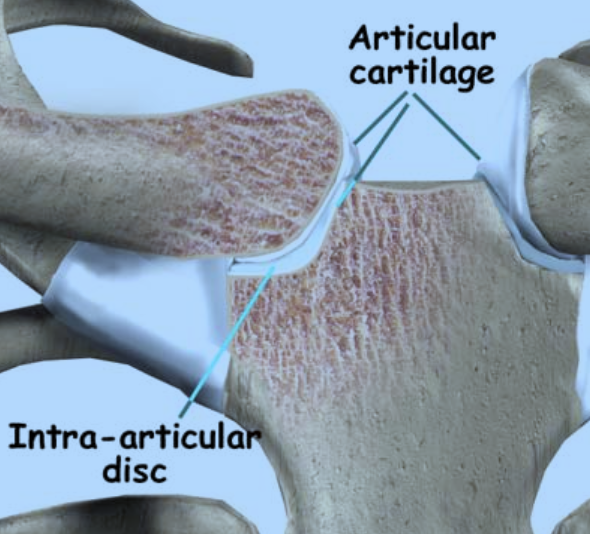
Risk of serious injury
The ribs enclose vital organs such as the heart and lungs, so chest trauma can cause life-threatening injuries. These can include:
- Pneumothorax – collapsed lung due to changes in pressure within the chest. This could be caused by a broken rib tearing the lung or a puncture in the chest wall. Symptoms can include breathing difficulties, chest pain and coughing up blood.
- Cardiac and associated blood vessel injury – for example, trauma to the blood vessel servicing the heart (coronary artery) or a tear in the main artery of the body (aorta).
- Splenic rupture – the spleen is located on the left side of the abdomen. Its roles include filtering the blood to remove abnormal cells and the manufacture of some immune system cells including antibodies and lymphocytes. Splenic rupture means the outer capsule has split and the spleen bleeds into the abdominal cavity.
Diagnosis of rib injuries
Rib injuries are diagnosed using a number of tests including:
- History of the injury (where you explain to your doctor what hashappened)
- Physical examination
- Chest x-ray.

Treatment of rib injuries
Unlike bones of the arms and legs, broken ribs can’t be set in a cast. Treatment aims to relieve pain while the injury heals, which can take up to six weeks (in the case of fracture), and 12 weeks or more if the rib has been torn from the cartilage. Treatment for bruised ribs is the same as for fractured ribs, but with a shorter recovery time.
Options include:
- Rest
- Prescription strength pain-killing drugs
- Non-steroidal anti-inflammatory drugs (NSAIDs)
- Avoiding activities that aggravate the injury, such as sport
- Icepacks – may help to reduce inflammation in the early stages
- Mechanical ventilation (help with breathing) – may be needed in cases of severe flail chest.
Where to get help
- Your doctor
- Doctor specialising in sports medicine
- Physiotherapist
- Sports Doctors Australia Tel. (02) 6241 9344
- Sports Medicine Australia – Victoria Tel. (03) 9674 8777
- Emergency department of your nearest hospital
- Always call an ambulance in an emergency Tel.
 000
000
Things to remember
- Common causes of rib injury include motor vehicle accidents and falls.
- Since the ribs enclose vital organs, including the heart and lungs, chest trauma can cause life-threatening injuries such as a punctured lung or a ruptured aorta.
- Broken ribs can’t be set in a cast, so treatment aims to relieve pain while the injury heals.
Costochondritis | Chest Pain | Symptoms and Treatment
What is costochondritis?
Costochondritis is a condition of the chest wall that causes pain. People who get chest pain are often frightened they have a heart or lung problem. Fortunately, if the pain is due to costochondritis, there is no need to panic, as it is not a life-threatening condition. It usually gets better on its own with time.
The pain you get if you have costochondritis comes from the protective cage formed by your ribs, and not from the heart or lungs or blood vessels inside your chest. More specifically, it comes from one or more of the joints between your ribs and your breastbone (sternum).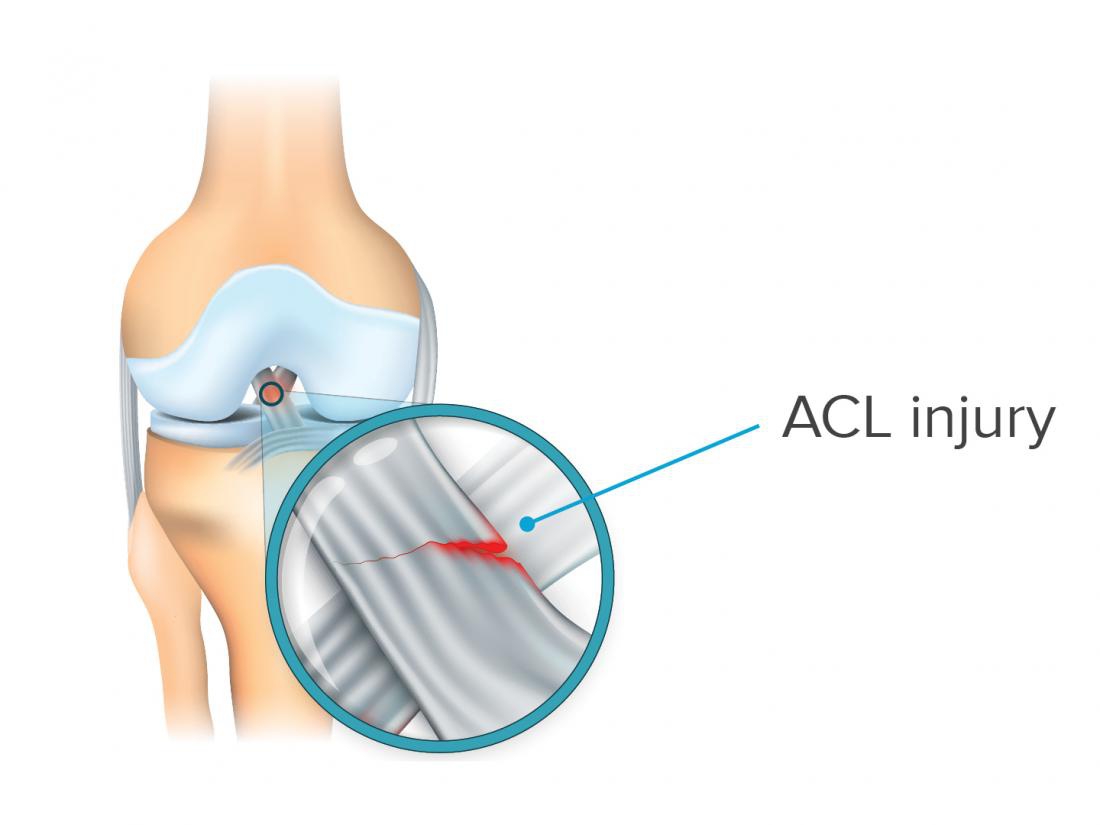 These joints have become inflamed if you have costochondritis.
These joints have become inflamed if you have costochondritis.
See the bottom of this leaflet for information on how the chest wall works.
Costochondritis symptoms
- Costochondritis causes chest pain, felt at the front of the chest.
- Typically, it is sharp and stabbing in nature and can be quite severe.
- The pain is worse with movement, exertion and deep breathing.
- Pressure over the affected area also causes sharp pain.
- Some people may feel an aching pain.
- The pain is usually confined (localised) to a small area but it can spread (radiate) to a wider area.
- The pain tends to wax and wane and it can settle with a change of position and quiet, shallow breathing.
The most common sites of pain are close to the breastbone (sternum), at the level of the 4th, 5th and 6th ribs.
Note: without tenderness, the cause of the chest pain is unlikely to be costochondritis. Remember to seek medical advice if you are unsure of the cause of your symptoms (see the section on ‘when to see a doctor’).
Tietze’s syndrome causes similar symptoms to costochondritis. However, it also tends to cause swelling at certain tender points on your chest wall. If you have costochondritis, there is nothing there to actually see.
Bornholm disease is another similar condition but it often leads to muscle aches and pains, as well as chest pain. See the separate leaflet called Bornholm Disease for more details.
How common is it?
It is hard to be sure exactly how common it is, as lots of people probably have it but don’t bother to go to their doctor. It seems to be quite common. Of the people with chest pain going to see their GP, about 1 in 5 have a cause related to the muscles, ribs and joints in their chest wall.
What are the common causes of costochondritis?
The basic problem is inflammation but the cause of this is unknown for most people. There are some situations that are associated with inflammation and they include:
- Chest infections of varying types.

- Large physical efforts, like lifting heavy objects or repeated bouts of coughing.
- Accidents which hit the chest, like falls or car accidents.
- Some types of arthritis.
Who develops costochondritis?
There is no particular person more at risk of costochondritis than any other. It does tend to affect younger people, especially teenagers and young adults. It can affect children. People performing repetitive movements that strain the chest wall, particularly if they are not used to it, as above, might be more at risk of getting this condition. Some studies suggest women tend to be affected more commonly than men.
People with fibromyalgia tend to develop costochondritis more often than others. Fibromyalgia is a long-term (chronic) condition that causes widespread body pains and fatigue. See the separate leaflet called Fibromyalgia for more details.
When should I see a doctor?
It can be very difficult to know if your pain is due to costochondritis or whether – and how urgently – to see a doctor.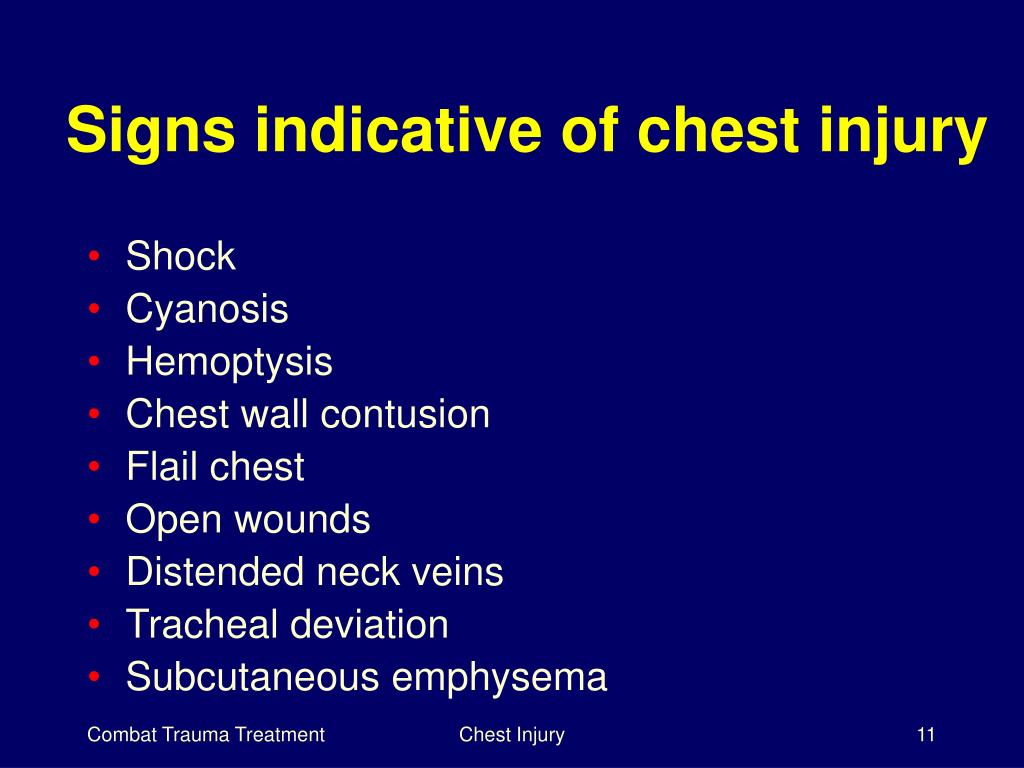 With chest pain, it makes sense to err on the side of caution if you are unsure.
With chest pain, it makes sense to err on the side of caution if you are unsure.
If you feel unwell, breathless, dizzy, or sweaty, or if your chest pain is very severe or spreading to your jaw or left arm then treat it as an emergency. Call 999/112/911 for an emergency ambulance.
It is more likely that you have costochondritis if:
- You are young and otherwise healthy.
- You feel generally well in yourself and have no other symptoms.
- You have pain which is worse when you move your chest wall or press on it.
- The pain is relieved with simple painkillers such as paracetamol or ibuprofen.
If you have other symptoms in addition to the pain then consult a doctor. This would include if you have:
- A cough.
- A high temperature (fever).
- Breathlessness.
- Blood in the mucus you cough up (sputum).
- Pain which spreads to other parts of the body.
- A rash.
- A feeling of having a ‘thumping heart’ (palpitations).

- Dizziness.
- Difficulty swallowing.
- Started to get heartburn or indigestion.
Also consult your doctor if the pain gets worse as you exert yourself (for example, on walking up a hill) rather than as you twist your chest around. Pain on exertion is more likely to be due to angina.
See the separate leaflet called Chest Pain for more information about the different causes of chest pain.
Costochondritis treatment
Treatment options for costochondritis include:
- No treatment. Sometimes it helps just to be reassured there is no serious cause for the chest pain.
- Relaxation techniques. Worry can make the pain worse. (Indeed, anxiety is a common cause of chest pain.)
- Simple painkillers such as paracetamol or ibuprofen.
- Injections of steroids or local anaesthetic medicines if pain is severe and other treatments have not worked.
Non-medicinal measures can be tried for relief of pain in costochondritis. Examples of such techniques include:
Examples of such techniques include:
With or without treatment, most people with costochondritis get better gradually over time.
In extreme cases, an intercostal nerve block can be performed (usually by a doctor specialising in acute pain and/or anaesthetics). This involves injection of a local anaesthetic medicine around the painful ribs This blocks the nearby intercostal nerve and temporarily disrupts nerve impulses to stop the pain. Nerve blocks can last several weeks or months. In repeated, severe cases of costochondritis, a series of these injections can be given to permanently destroy the nerve causing the pain.
What is the outlook?
The outlook (prognosis) for costochondritis is generally very good. Most cases are mild and settle reasonably quickly. This happens with or without simple medications. In nearly all cases, the condition has completely gone within a year. Occasionally, if you are unlucky, it lasts longer. Costochondritis may return; however, this is unlikely.
How does the chest wall work?
To understand costochondritis, you need to know a bit about the way the rib cage is put together. The rib cage is a bony structure that protects the lungs. Bones are hard and solid and they can’t bend or move much. Your lungs, however, need to move, so that you can breathe.
When you take a deep breath in, your rib cage expands. (Try it! You will feel and see your rib cage moving.) In order for the ribs to expand, they need something to allow movement. Cartilage allows this. Cartilage is a softer, flexible (but very strong) material found in joints around the body.
Cartilages attach the ribs to the breastbone (sternum) and the breastbone to the collarbones (clavicles). The joints between the ribs and the cartilages are called the costochondral joints. Those between the cartilages and the breastbone are called costosternal joints. Those between the breastbone and the collarbones are called the sternoclavicular joints.
The prefix ‘costo’ simply means related to the ribs. ‘Chondr-‘ means related to the cartilage and ‘-itis’ means inflammation. So, in costochondritis, there is inflammation in either the costochondral, costosternal or sternoclavicular joints (or a combination). This causes pain, which tends to be worse when you move, or when you press down on the affected part.
‘Chondr-‘ means related to the cartilage and ‘-itis’ means inflammation. So, in costochondritis, there is inflammation in either the costochondral, costosternal or sternoclavicular joints (or a combination). This causes pain, which tends to be worse when you move, or when you press down on the affected part.
‘Used with permission of Mayo Foundation for Medical Education and Research. All rights reserved.’
Types of Chest Injuries | Michigan Medicine
Topic Overview
A blow to the chest can cause a minor or serious injury. It is not unusual to have the “wind knocked out of you” and be short of breath for a few minutes after a blow to the chest.
Even after a chest injury, it is important to determine whether your pain might be caused by a heart problem. If you do not have any symptoms of a heart attack or angina, your pain is probably caused by your chest injury.
Serious chest injury
Pain or difficulty breathing that starts immediately after an injury may mean that organs inside the chest, such as the lungs, heart, or blood vessels, have been damaged.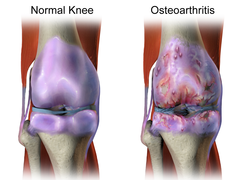 Other symptoms often develop quickly, such as severe shortness of breath or signs of shock.
Other symptoms often develop quickly, such as severe shortness of breath or signs of shock.
A forceful blow to the chest can injure organs in the chest or upper abdomen.
- A blow to the front of the chest (sternum) can injure the heart or large blood vessels or the tube leading from the mouth to the stomach (esophagus).
- A blow to the chest can injure the lungs or the airway (trachea).
- A blow to the back of the chest can injure a kidney.
- A blow to the side of the chest or the lower chest can injure the liver or spleen.
Minor chest injury
You may have chest wall pain after a less serious injury. This pain can occur with movement of a shoulder, an arm, the rib cage, or the trunk of the body.
Even a minor injury can cause chest pain for days after the injury. Deep breathing, coughing, or sneezing can increase the pain, as can pressing down on or lying on the injured area.
Minor injuries often do not require a visit to a doctor.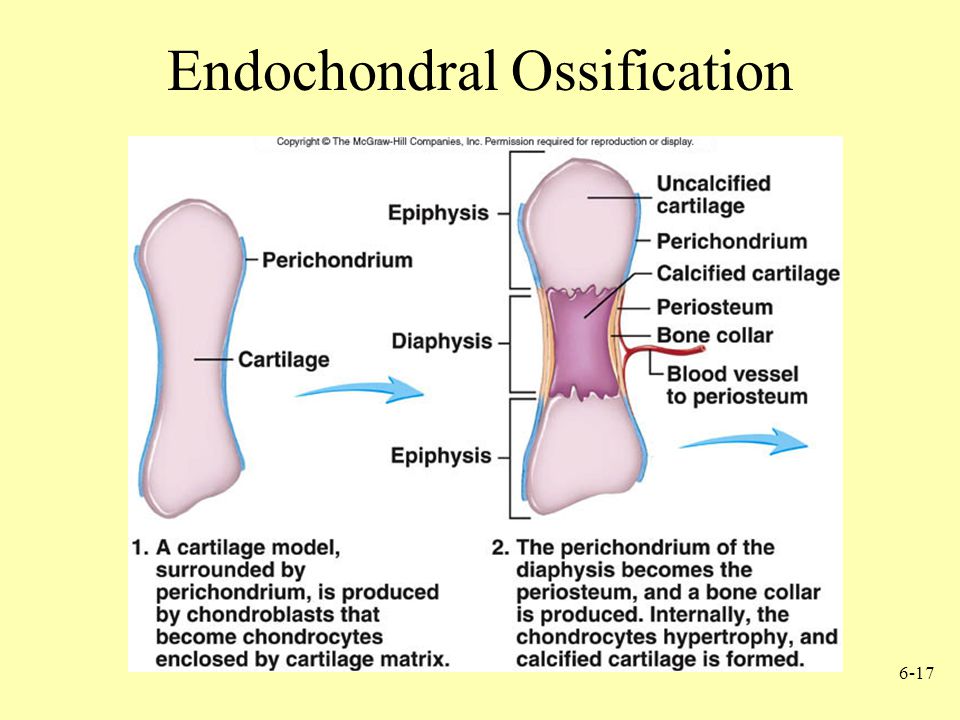 Home treatment can relieve the pain and discomfort.
Home treatment can relieve the pain and discomfort.
Rib fracture
An injury to the chest may break or crack a rib or injure the cartilage of the rib cage. Symptoms of a bruised rib or broken rib include:
- Sharp, severe pain in the area of the chest injury.
- Pain that gets worse when you breathe or cough.
- Pain that gets worse when you press or lie on the injured area.
Rib fractures are painful but often can be treated at home if no other symptoms develop. See the Home Treatment section of this topic.
Credits
Current as of:
February 26, 2020
Author: Healthwise Staff
Medical Review:
William H. Blahd Jr. MD, FACEP – Emergency Medicine
Adam Husney MD – Family Medicine
Kathleen Romito MD – Family Medicine
Current as of: February 26, 2020
Author:
Healthwise Staff
Medical Review:William H. Blahd Jr. MD, FACEP – Emergency Medicine & Adam Husney MD – Family Medicine & Kathleen Romito MD – Family Medicine
Blahd Jr. MD, FACEP – Emergency Medicine & Adam Husney MD – Family Medicine & Kathleen Romito MD – Family Medicine
Managing chest wall injuries – After Trauma
What is a chest wall injury?
Injuries to the chest wall include fractured ribs, fractured sternum (breastbone) and/or bruising to the lungs. They normally occur following an impact trauma to the chest, such as falling from a height, a road traffic accident or during impact sports.
Signs and symptoms
Following an injury to the chest wall, people frequently experience pain when coughing, taking deep breaths and when laughing. It can also be uncomfortable to move in bed and walk. Although chest wall injuries can be painful, you can expect this discomfort to improve over a period of 3-6 weeks. This may take longer for more severe injuries.
Treatment
Chest wall injuries are managed differently depending on the severity of your injuries and the symptoms you are experiencing.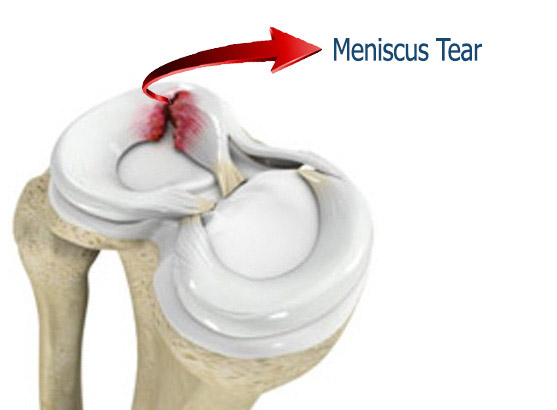
Some people may require surgery to fix broken ribs and some patients may require chest drains. However most chest wall injuries are managed without surgery and heal spontaneously over a period of weeks.
When you are in hospital some patients require oxygen to help their breathing and many will require some painkillers to manage enable them to move around and take deep breaths without discomfort.
Possible complications
The chest wall moves continuously while we breathe. Following rib fractures, this movement can be painful and can stop us from taking deep breaths, coughing or laughing. This in turn prevents us from clearing our natural lung secretions. These secretions can build up and cause a chest infection. Some people also experience pain and stiffness in the shoulder and spine. This mainly results from not moving as we usually would, due to pain caused by the injury.
What can I do to help my recovery?
To reduce the risk of developing a chest infection there are several things you can do.
These include:
- Taking deep breaths regularly throughout the day – aim to take 10 deep breaths every hour
- Do not suppress the need to cough or take cough suppressing medicine- it is important to clear any phlegm that builds in your lungs.
- Take regular pain relief
- Support your ribs when you cough by hugging a pillow or rolled up towel into your chest.
- Do a steady amount of exercise or activity every day and gradually increase this until you have returned to your usual activities
- Avoid spending prolonged periods of time in bed
What happens after I have left hospital?
You should contact your GP if you:
- Feel unwell
- Develop a fever
- Feel short of breath
- Start coughing up yellow, green or blood stained phlegm
- Experience pain on the chest wall that persists after 8 weeks
- Feel heart palpitations
Do I need follow- up physiotherapy?
You should contact your GP for a referral to your local physiotherapy service if:
- You have difficulty in achieving full movement of your arms or spine
- Pain in your chest, back or shoulder does not settle after 6-8 weeks
- You find it difficult to return to full work duties or hobbies
- Breathlessness stops you from returning to previous levels of fitness
Thanks to St Georges’ University Hospitals NHS Foundation Trust, Major Trauma Therapy Team, @STGTraumaPTOT for this information
Costochondritis – Physiopedia
Costochondritis is a self-limiting condition defined as painful chronic inflammation of the costochondral junctions of ribs or chondrosternal joints of the anterior chest wall.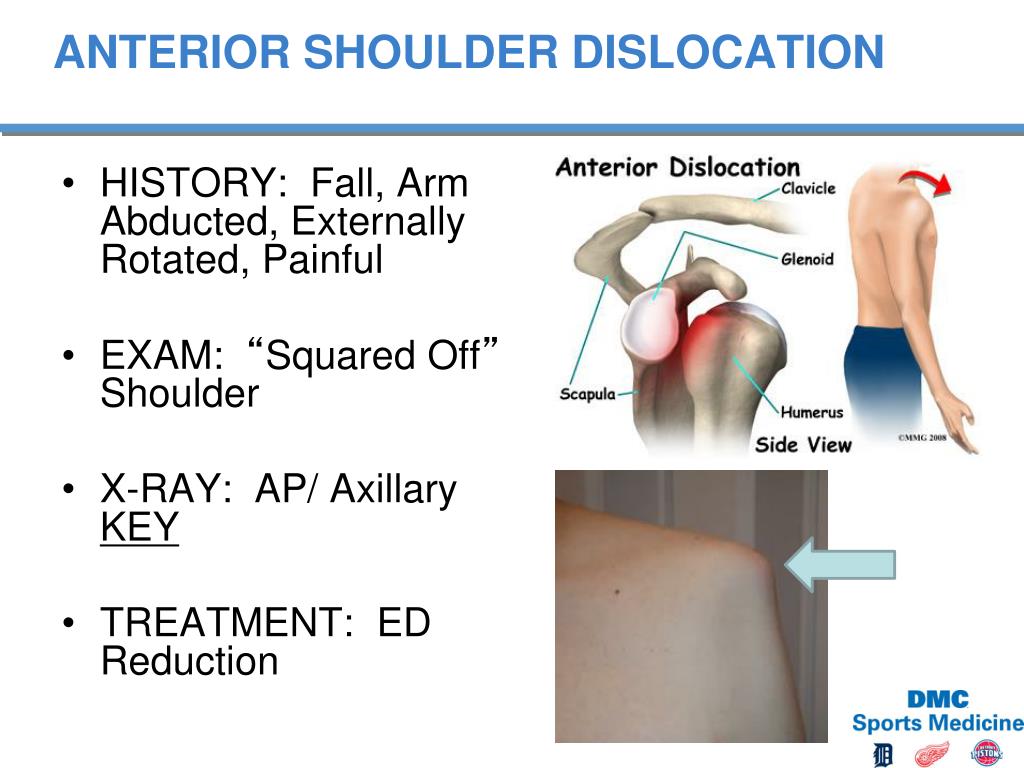 [2]
[2]
- It is a clinical diagnosis and does not require specific diagnostic testing in the absence of concomitant cardiopulmonary symptoms or risk factors.
- Costochondritis is often confused with Tietze syndrome.
- Palpation of the affected chondrosternal joints of the chest wall elicits tenderness [2] and pain is reproduced by palpation of the affected cartilage segments which may radiate out into the chest wall.
Clinically Relevant Anatomy[edit | edit source]
The thoracic wall consists of the
- Sternum anteriorly,
- 12 thoracic vertebrae posteriorly,
- 12 paired ribs and associated costal cartilages.[3]
Ribs consist of bone and cartilage, with cartilage serving as an elastic bridge between the bony portion of the rib and the sternum.
According to their attachment to the sternum, the ribs are classified into 3 groups: true, false, and floating ribs.
- True ribs are the ribs that directly articulate with the sternum with their costal cartilages – ribs 1-7.
 They articulate with the sternum by the sternocostal joints. The first rib is an exception to that rule; it is a synarthrosis and the first rib could uniquely articulate with the clavicle by the costoclavicular joint
They articulate with the sternum by the sternocostal joints. The first rib is an exception to that rule; it is a synarthrosis and the first rib could uniquely articulate with the clavicle by the costoclavicular joint - The false ribs (8,9,10) are the ribs that indirectly articulate with the sternum, as their costal cartilages connect with the seventh costal cartilage by the costochondral joint.
- The floating ribs (11,12) do not articulate with the sternum at all (distal two ribs)[4].
The ribs move with respiration and with truncal motion or movement of the upper extremities.[3]
Costochondritis is inflammatory. It is caused by inflammation of the costal cartilages and their sternal articulations, also known as the costochondral junctions[5].
Epidemiology[edit | edit source]
The epidemiology of costochondritis is not well established.
- In a small study published in 1994, there was a higher frequency of costochondritis seen in females and Hispanics.

- In a group of 122 patients presenting to the emergency department with chest pain not due to malignancy, fever, or trauma, costochondritis was the diagnosis in 36 of the patients (30%)[5]
- Can affect children as well as adults. A study of chest pain in an outpatient adolescent clinic found that 31 percent of adolescents had musculoskeletal causes, with costochondritis accounting for 14 percent of adolescent patients with chest pain[2].
Characteristics/Clinical Presentation[edit | edit source]
As with any chest pain, history of present illness, past medical history, social history, family history, and a review of systems are very important. Many deadly causes of chest pain should be ruled out prior to establishing a diagnosis of costochondritis.
Possible findings include
- Patient will give a history of the pain worsening with movement and certain positions. The pain will also typically be worse when the patient takes a deep breath.

- Pain quality is variable, but it may be described as a sharp or dull pain.
- Patients report a gradual or rapid onset of pain and swelling of the upper costal cartilage of the costochondral junction.
- Pain is usually reproducible by mild-to-moderate palpation. Often, there is point tenderness where one or two ribs meet the sternum (a pitfall of the typical physical exam findings is that pain due to acute coronary syndrome can also be described as reproducible)[5].
- Symptoms may occur gradually and can disappear spontaneously after a few days, but equally it may take years to disappear. [6][7] Even after the symptoms have resolved, they may return at the same location or at another rib level. [8]
- There may be hypomobility of the upper thoracic spine, costovertebral joints, and the lateral ribs.[9]
Costochondritis is usually self-limited and benign – should be distinguished from other, more serious causes of chest pain.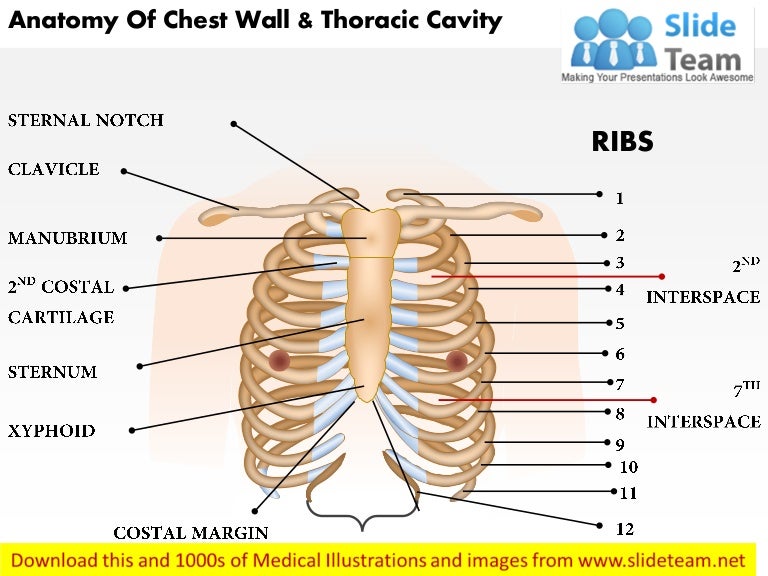
- Coronary artery disease is present in 3 to 6 percent of adult patients with chest pain and chest wall tenderness to palpation.
- History and physical examination of the chest that document reproducible pain by palpation over the costal cartilages are usually all that is needed to make the diagnosis in children, adolescents, and young adults.
- Patients older than 35 years, those with a history or risk of coronary artery disease, and any patient with cardiopulmonary symptoms should have an electrocardiograph and possibly a chest radiograph.
- Consider further testing to rule out cardiac causes if clinically indicated by age or cardiac risk status[10]
The differential diagnosis for costochondritis is rather long. Some of the diagnoses included are associated with major morbidity and mortality. eg
Patient-specific functional scale ( PSFS): specific questionnaires for costochondritis have not yet been produced, but the PSFS is a valid, reproducable, and responsive outcome measure for patients with neck pain, back pain, and upper quarter complaints 19
The Global rating of change (GROC): to measure the patient’s subjective rate of improvement. improvement .[2]
improvement .[2]
Measurement of thoracic and cervical mobility:[13]
- Rotation of the thoracolumbar spine (TR): TR has high validity and sensitivity ranks and improvement of the measurement technology would probably result in a superior test for the follow-up.
- Finger to floor distance (FFD): high reliability and sensitivity, but poor correlation with spinal changes
- The Schober test
- Thoracolumbar flexion
- Occiput to wall distance [14]
Patients with Costochondritis will present with:
- Chest pain reproducible by palpation of the affected area, with ribs 2 to 5 mostly affected.
- Aggravating factors can be slouching or exercise.
- Often occurs after a recent illness with coughing or after intense exercise and it mostly of unilateral origin.[2]
- May be an associated restriction of the corresponding costovertebral and costotransverse on examination.
- Loss of normal spinal movement associated with the chest pain.
 [15]
[15] - Palpation should be performed with 1 digit, on the anterior, posterior, and lateral side of the chest, the clavicle, the cervical and thoracic spine. When on the affected area it reveals a reproducible pain which might suggest Costochondritis, but it cannot entirely concluded.[2]
- Motion palpation is a manual process of moving a joint into its maximal end range of motion, after which it is challenged with a light springing movement. This end point of joint movement forms the basis for determining the normal or abnormal joint movement. When motion palpation is reduced, the joint is considered fixated or hypokinetic.[15]
- Cardiac causes should be ruled out in patients who present with a high risk.
Treatment consists of conservative management and is usually symptomatic, [16]
Management includes
- Reassurance
- Topical or oral analgesics.[16]
- Local injections with steroid into the joint, tendon sheath or around the nerve, inhibits inflammation, reduces swelling and pain to improve movement.
 [17]
[17] - If patients have severe or refractory costochondritis, refer for outpatient follow-up. Physical therapy is a treatment option for refractory costochondritis[5]
- Alternative treatments may also include: ice, acupuncture, manual therapy, exercise, and other medications such as sulfasalazine which may have an additional long-term benefit in the management of costochondritis [18]
Physical Therapy Management[edit | edit source]
May Include:
- Education – reassure the patient by explaining the condition [19]
- Minimising activities that provoke the symptoms (e.g. reducing the frequency or intensity of exercise or work activities)
- A course of trigger point therapy to reduce pain – eg.cross fibre friction massage
- Use heat/ cold pads and massage to help against the overloading of muscles and to lessen the pain.[4][9] Heat and cold pads are both equally effective. So the patient can choose which one he likes the most.
 Instead of using cold pads, the patient can also use Vapocoolant spray on the involved areas. This spray can relief the pain on the chest.[20]
Instead of using cold pads, the patient can also use Vapocoolant spray on the involved areas. This spray can relief the pain on the chest.[20] - Postural exercises – Re-train proper posture in functional positions (Neuro-muscular control). Functional training is all about using the right muscles at the right time, to sustain the correct posture, in daily activities. Simple activities like eg. correct standing posture, sit to stand and walking up stairs all need be addressed to ensure correct technique and muscle recruitment.
- Thoracic manual therapies directed at the lateral and posterior rib structures to improve rib and thoracic spine mobility[9]
- Exercises in the range of motion should be induced as soon as possible. The patient may not have pain when he is doing the exercises eg.rotation exercises for thoracic spine. Do not invoke pain.
- Progressive stretches. They can begin with simple mobility exercises as tolerated [20]eg [21] Stretching of the M.
 pectoralis major can be helpful (stretch the M. pectoralis major, stand in a corner for 10 sec with both of your hands against the wall (like when you do a push-up)repeat it a few times a day for 1 or 2 minutes).
pectoralis major can be helpful (stretch the M. pectoralis major, stand in a corner for 10 sec with both of your hands against the wall (like when you do a push-up)repeat it a few times a day for 1 or 2 minutes). - Mobilisation of the spine and ribs to improve thorax mobility and to reduce symptoms. [22]
- On the painful area they can use transcutaneous electrical stimulation and electroacupuncture. The acupuncture needle is placed within the involved spinal segment. Than low-frequency electrical currents are applied on the inserted needle.[23]
- Dry needling : Musculoskeletal chest wall pain has traditionally been a difficult area to evaluate and treat. Dry needling in the hands of properly trained providers may aid in diagnosis and treatment of focal chest wall syndromes[24]
Resources for pictures:
- Fig 1 & 2 : From THIEME Atlas of Anatomy, General Anatomy and Musculoskeletal System, © Thieme 2005, Illustration by Karl Wesker
- Fig 3 : Rovetta G, Sessarego P, Monteforte P.
 Stretching exercises for costochondritis pain. G Ital Med Lav Ergon. Apr-Jun 2009;31(2):169-71
Stretching exercises for costochondritis pain. G Ital Med Lav Ergon. Apr-Jun 2009;31(2):169-71
Costochondritis should be a diagnosis of exclusion. Rule out other causes of chest pain that are associated with increased morbidity and mortality.
- Patients typically present with chest pain worse with breathing, and it is often positional.
- Costochondritis is a self-limited disease.
- It should be reproducible on a physical exam, and the patient’s vital signs should be within normal limits. If ordered, labs, ECG, and chest x-ray should also be normal.
- Diagnosis is confirmed by a scan or bone scintigraphy and by a physical assessment of the affected costal cartilage.
- The treatment of costochondritis consists of conservative management and is usually symptomatic [20].
- Physiotherapy is often ordered if the condition does not respond to treatment (see physiotherapy section for details).
- ↑ https://images.
 onhealth.com/images/slideshow/xl-sq-promos/chest-pain-costochondritis.jpg
onhealth.com/images/slideshow/xl-sq-promos/chest-pain-costochondritis.jpg - ↑ 2.02.12.22.32.42.5 PROULX A and TERESA W.; Costochondritis: Diagnosis and Treatment; Am Fam Physician. 2009 Sep 15;80(6):617-620
- ↑ 3.03.1 Clemens WM. et al. ; Introduction to Chest Wall Reconstruction : Anatomy and Physiology of the Chest and Indications for Chest Wall Reconstruction ; Semin Plast Surg. ; 2011 ; 25(1) : 5-15
- ↑ Safarini OA, Bordoni B. Anatomy, Thorax, Ribs. InStatPearls [Internet] 2019 Feb 19. StatPearls Publishing.Available from:https://www.ncbi.nlm.nih.gov/books/NBK538328/ (last accessed 14.4.2020)
- ↑ 5.05.15.25.3 Schumann JA, Parente JJ. Costochondritis.Available from:https://www.ncbi.nlm.nih.gov/books/NBK532931/ (last accessed 29.4.2020)
- ↑ Fam A.G., Smythe H.A.,Musculoskeletal chest wall pain, Can Med Assoc J.
 Sept 19851; 133(5):379-389
Sept 19851; 133(5):379-389 - ↑ Gregory P.L., BISWAS A.C., Batt M.E.,Musculoskeletal problems of the chest wall in athletes, Sports Med., 2002;32(4):235-50.
- ↑ Hurst J.W., Morris D.C., Williams B.R. “Chest Pain” in patients with costochondritis or Tietze’s syndrome, Wiley-Blackwell, 2001, p23-29
- ↑ 9.09.1 Han J N et al.; Respiratory function of the rib cage muscles; European Respiratory Journal ISSN 0903 1993.
- ↑ Proulx AM, Zryd TW. Costochondritis: diagnosis and treatment. American family physician. 2009 Sep 15;80(6):617-20.Available from:https://www.ncbi.nlm.nih.gov/pubmed/19817327 (last accessed 29.4.2020)
- ↑ Brian E Udermann et al.; Slipping Rib Syndrome in a Collegiate Swimmer: A Case Report; J Athl Train. 2005 Apr-Jun; 40(2): 120–122
- ↑ Brenda M. Birmann et al.; Prediagnosis biomarkers of insulin-like growth factor-1, insulin, and interleukin-6 dysregulation and multiple myeloma risk in the Multiple Myeloma Cohort Consortium.
 Blood. 2012 Dec 13; 120(25): 4929–4937.
Blood. 2012 Dec 13; 120(25): 4929–4937. - ↑ FREESTON J; Can Early Diagnosis and Management of Costochondritis Reduce Acute Chest Pain Admissions?; The Journal of Rheumatology November 2004, 31 (11) 2269-2271
- ↑ Viitanena J, H. Kautiainena, J. Sunia, M. L. Kokkoa & K. Lehtinena; The Relative Value of Spinal and Thoracic Mobility Measurements in Ankylosing Spondylitis; Scandinavian Journal of Rheumatology; Volume 24, 1995 – Issue 2
- ↑ 15.015.1 Aspegren D; Conservative Treatment of a Female Collegiate Volleyball Player with Costochondritis ; Journal of Manipulative and Physiological Therapeutics ; May 2007 Volume 30, Issue 4, Pages 321–325
- ↑ 16.016.1 Grindstaff L.T. et al. ; Treatment of a female collegiate rower with costochondritis : a case report ; J Man Manip Ther. ;2010 ;18(2) : 64-68
- ↑ Kamel M. et al. ; Ultrasonographic assessement of local steroid injection in Tietze’s syndrome ; Br J Rheumatol ; 1997 ;36(5) : 547-50
- ↑ Freeston J.
 et al. ; Can early diagnosis and management of costochondritis reduce acute chest pain admissions ?; J Rheumatol ; 2004 ; 31(11)-2269-71
et al. ; Can early diagnosis and management of costochondritis reduce acute chest pain admissions ?; J Rheumatol ; 2004 ; 31(11)-2269-71 - ↑ Massin MM, Bourguignont A, Coremans C, Comté L, Lepage P, Gérard P. Chest pain in pediatric patients presenting to an emergency department or to a cardiac clinic. Clin Pediatr 2004;43(3):231-238
- ↑ 20.020.120.2 Hudes K, Low-tech rehabilitation and management of a 64 year old male patient with acute idiopathic onset of costochondritis. J Can Chiropr Assoc. 2008 December; 52(4): 224–228
- ↑ Rovetta G, Sessarego P, Monteforte P. Stretching exercises for costochondritis pain. G Ital Med Lav Ergon. Apr-Jun 2009;31(2):169-71
- ↑ Buntinx F, Knockaert D, Bruyninckx R, et al. Chest pain in general practice or in the hospital emergency department: is it the same? Fam Pract. 2001;18(6):586-589.
- ↑ Imamura ST., et al., syndrome de tietze, Cossermeli W., Terapêutica em reumatologia, Sao Paulo, lemos editorial, p773-777, 2000.

- ↑ Richard B, Westrick P., Evaluation and treatment of musculoskeletal chest wall pain in military athlete. The International Journal of Sports Physical Therapy, 2012, Volume 7(3) Available from:https://www.ncbi.nlm.nih.gov/pmc/articles/PMC3362990/ (last accessed 30.4.2020)
90,000 Costal chondritis (Tietze’s syndrome) – treatment, symptoms, causes, diagnosis
Costal chondritis (often called Tietze’s syndrome) is an inflammation in the area of the cartilaginous attachment of the ribs to the sternum. The disease is characterized by local soreness in the chest, aggravated by palpation and pressure on these areas. Costal chondritis is a relatively harmless condition and usually goes away without treatment. The cause is not known.
- Costal chondritis is a common cause of chest pain in childhood and adolescence and accounts for 10-30% of all chest pain at this age.Most often occurs between the ages of 12-14 years.
- Costal chondritis is also considered a possible diagnosis in adults who have chest pain.
 Chest pain in adults is considered a potentially serious symptom of the disease and, first of all, it is necessary to exclude cardiac pathology (ECG, tests, examination, etc.). Only after a thorough examination and exclusion of the cardiac genesis of pain can the presence of costal chondritis be assumed. Differential diagnosis is sometimes difficult.In adults, costal chondritis is more common in women.
Chest pain in adults is considered a potentially serious symptom of the disease and, first of all, it is necessary to exclude cardiac pathology (ECG, tests, examination, etc.). Only after a thorough examination and exclusion of the cardiac genesis of pain can the presence of costal chondritis be assumed. Differential diagnosis is sometimes difficult.In adults, costal chondritis is more common in women.
Costal chondritis is often called Tietze’s syndrome. Tietze syndrome is a rare inflammatory disorder characterized by chest pain and swelling of the cartilage at the attachment of the second or third rib to the sternum. The pain arises sharply and there is irradiation to the arm, to the shoulder. Both men and women are sick more often at the age of 20 to 40 years. It occurs mainly in people whose work is related to physical activity or athletes.
Reasons
Costal chondritis is an inflammatory process in the cartilage tissue, usually without any specific cause. Repeated minor injuries to the chest and acute respiratory infections can provoke the appearance of soreness in the area of attachment of the ribs (the effect of both the viruses themselves and frequent coughing on the areas of attachment of the ribs). Sometimes costal chondritis occurs in people taking parenteral drugs or after surgery on the chest.After operations, damaged cartilage tissue is more susceptible to infection due to disturbances in its blood supply.
Repeated minor injuries to the chest and acute respiratory infections can provoke the appearance of soreness in the area of attachment of the ribs (the effect of both the viruses themselves and frequent coughing on the areas of attachment of the ribs). Sometimes costal chondritis occurs in people taking parenteral drugs or after surgery on the chest.After operations, damaged cartilage tissue is more susceptible to infection due to disturbances in its blood supply.
Symptoms
Chest pain associated with costal chondritis is usually preceded by physical overload, minor trauma, or acute upper respiratory tract infection.
- Pain, as a rule, appears acutely and is localized in the anterior region of the chest. The pain may radiate downward or more often to the left side of the chest.
- The most common localization of pain is the region of the fourth, fifth and sixth ribs.The pain increases with movement of the trunk or with deep breathing. Conversely, there is a decrease in pain at rest and with shallow breathing.

- Soreness, which is clearly visible on palpation (pressing in the area of attachment of the ribs to the sternum). This is a characteristic feature of chondritis and the absence of this sign suggests that the diagnosis of costal chondritis is unlikely.
When rib chondritis is caused by postoperative infection, you may notice swelling, redness and / or pus in the area of the postoperative wound.
Given that the symptoms of chondritis are often similar to emergency conditions, it is necessary to urgently seek medical help in the following cases:
- Breathing problems
- High temperature
- Signs of an infectious disease (swelling, redness in the area of rib attachment)
- Chest pain of a persistent nature, accompanied by nausea, sweating
- Any chest pain without clear localization
- Increased pain during treatment
Diagnostics
The basis of diagnosis is the medical history and external examination.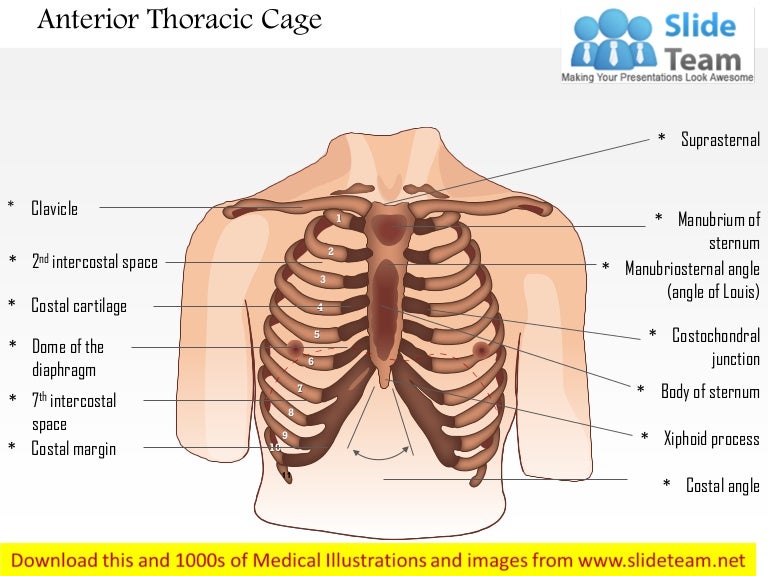 A characteristic feature of this syndrome is pain on palpation in the area of attachment of 4-6 ribs.
A characteristic feature of this syndrome is pain on palpation in the area of attachment of 4-6 ribs.
Radiography (CT, MRI) is usually not very informative for the diagnosis of this syndrome and is used only for differential diagnosis with other possible causes of chest pain (cancer, lung disease, etc.). ECG, laboratory tests are necessary to rule out heart disease or infections. The diagnosis of rib chondritis is made last after excluding all possible other causes (especially heart disease).
Treatment
If the diagnosis is verified, then the treatment consists in prescribing NSAIDs for a short time, physiotherapy, limiting physical activity for a certain period of time, sometimes injecting an anesthetic into the area of pain localization together with a steroid.
90,000 Sternum fractures – symptoms, first aid and treatment, rehabilitation – Traumatology Department of the Central Clinical Hospital of the Russian Academy of Sciences
The sternum is the bone on the anterior surface of the rib cage that connects to the clavicle and cartilaginous portions of the ribs.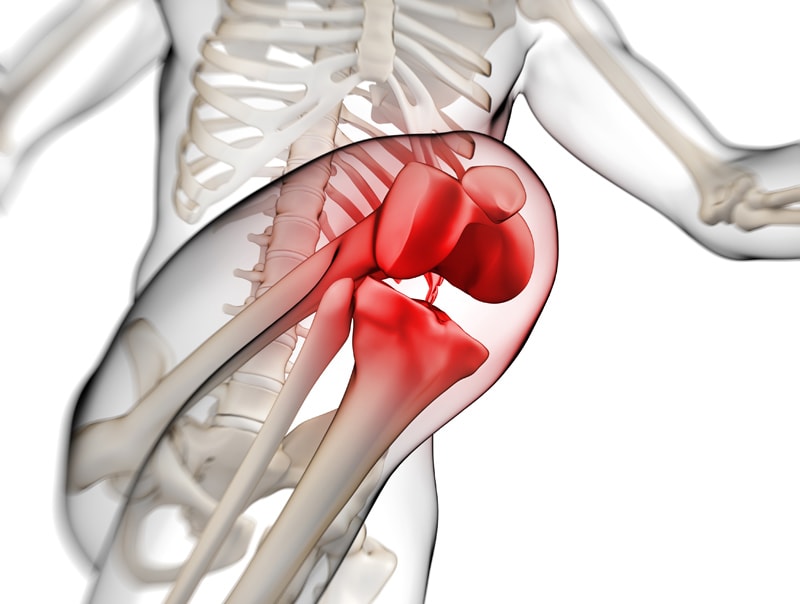 In traumatology, violation of the integrity of the sternum is a rarity. A fracture is most often caused by a car accident when the ribcage hits the steering gear and the center of the sternum is pushed inward.
In traumatology, violation of the integrity of the sternum is a rarity. A fracture is most often caused by a car accident when the ribcage hits the steering gear and the center of the sternum is pushed inward.
Symptoms of fracture of the sternum
- A fracture of the sternum causes pain that is aggravated by breathing.
- Hemorrhage occurs.
- Palpation is painful, in some cases it allows palpation of bone fragments.
- Fracture without displacement causes mild pain.
- In a displaced fracture, bone fragments can damage the pleura and lungs.
The lack of urgent medical attention in case of complications in the form of open pneumothorax and hemothorax is dangerous to the life of the victim.
Carefully performed diagnostics will help determine:
- Degree of severity;
- Damage type;
- The presence of damage to internal organs.
It is important to take multiple shots to get the most accurate result.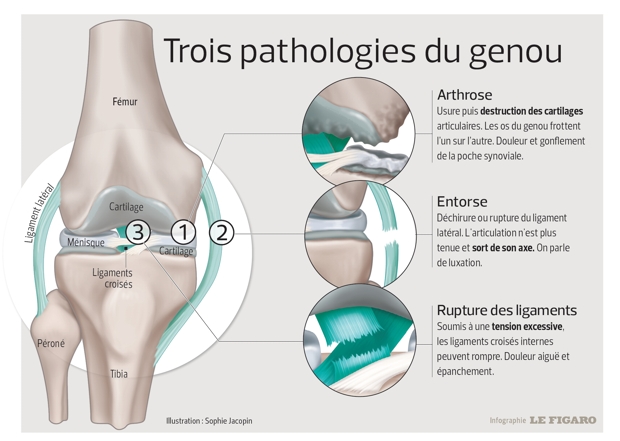 Computed tomography will provide even more accurate data.
Computed tomography will provide even more accurate data.
How is the treatment carried out
The area of the fracture is numbed. Pain medications are prescribed for all patients.
If there is no displacement, the injured area is fixed with an adhesive plaster for 2 weeks.
If the fracture is displaced or multi-splinter fracture, two methods are used:
- The patient should be on the bed with a shield and a special roller between the shoulder blades.In this position, the offset is gradually eliminated.
- In some cases, with severe fractures, osteosynthesis can be performed – reduction (fixation) of bone fragments for better fusion: the fragments are folded into their original position and fixed with screws.
Which doctor should I contact?
As a rule, the bones are completely healed in 6 weeks. For the fastest recovery, physiotherapy and special breathing exercises are recommended.
A fracture of the sternum is treated at the clinic of the Russian Academy of Sciences, in Moscow. Highly qualified orthopedic traumatologists and surgeons will conduct an examination and prescribe an effective treatment. An appointment for a consultation is made online on the website or by calling the specified phone number.
Highly qualified orthopedic traumatologists and surgeons will conduct an examination and prescribe an effective treatment. An appointment for a consultation is made online on the website or by calling the specified phone number.
Symptoms of contusion of ribs, hands and other locations, treatment methods
Contusions: Signs and Treatment. Symptoms of rib bruises
Among all injuries, bruises take the first place in frequency.Often only soft tissues are damaged, bones are rarely affected, and critical consequences are usually not noted. However, sometimes treatment of a bruised knee can take several weeks, and a chest injury can lead to serious health problems.
Causes of bruising
Soft tissues are usually damaged when struck against a hard object or surface, although, for example, a bruise of the back and tailbone when falling into water from a great height is not uncommon. The severity of the injury depends on:
- the hardness of the injured object;
- force and speed of striking;
- the size of the damage zone;
- elasticity of tissues and peculiarities of their blood supply;
- age.

Signs of bruising
The main symptom is pain that occurs immediately at the moment of impact. A hematoma (accumulation of blood in tissues) may also form. The larger the hematoma, the stronger the pain due to compression of soft tissues and irritation of pain receptors.
Externally, a bruise is manifested by swelling at the site of impact. Where the subcutaneous tissue is more pronounced, the edema will be more pronounced. An example is facial tissue – here hematomas are more pronounced. When feeling the place of injury, the patient feels a sharp soreness.With injuries of the limbs, their functions may be impaired.
Symptoms of bruised ribs include increased pain when breathing, coughing, laughing. The absence of a characteristic crunch when the ribs are compressed from both sides or in the anteroposterior direction does not yet indicate that there is no fracture. A severe bruise to the chest can cause other complications, such as damage to the heart or lungs. Then, disturbances in the activity of the heart or lungs come to the fore.
Then, disturbances in the activity of the heart or lungs come to the fore.
A form of contusion, in which the appointment of certain means for treatment will be required – a contusion of the joint.In this case, hemorrhage can be not only in the periarticular tissues, but also in the joint itself. The phenomenon is called hemarthrosis, while the joint is enlarged, its contours are smoothed, and movements in it are difficult and painful.
Treatment of bruises
The general principles of treatment for bruises are the same. First of all, this is the rest of the affected area of the body. On the first day, cold compresses are recommended for 2-3 hours with a half-hour break. This allows you to reduce the size of the hematoma, reduce edema, and improve microcirculation at the site of injury.
On the second day, UHF is prescribed, and as the severity of pain decreases – compresses, ozokerite and paraffin applications. It is possible to use agents that contribute to the resorption of hematoma – ointments with heparin, as well as electrophoresis with antibiotics or novocaine (with severe pain). Novocaine can also be used to perform a blockade if the use of conventional painkillers is not effective enough.
Novocaine can also be used to perform a blockade if the use of conventional painkillers is not effective enough.
Hematomas after injury of large soft tissues are usually punctured with a thick needle, sucked off the blood with a syringe, after which antibiotics are injected into this place and a sterile pressure bandage is applied.If blood has entered the joint, it is also aspirated. After this procedure, a plaster cast is applied. With hemarthrosis, exercise therapy is also prescribed.
What not to do in case of bruises
On the first day from the moment of bruising, any local thermal procedures are absolutely contraindicated. Warming leads to the expansion of damaged vessels, increased bleeding from them, an increase in hematoma. The blood that is in the tissues, at too high a temperature, becomes a favorable environment for the reproduction of pathogenic microbes, which often leads to the development of phlegmon (diffuse suppuration of soft tissues).
For the same reason, do not rub and massage a fresh bruise. In addition, if an injury results in a fracture that is not immediately recognized, the sharp ends of the fractured bone can damage soft tissues – including blood vessels and nerve endings.
In addition, if an injury results in a fracture that is not immediately recognized, the sharp ends of the fractured bone can damage soft tissues – including blood vessels and nerve endings.
Features of treatment for bruises of the hands
In this case, complete rest and elimination of the hematoma are important. The hand is immobilized with an elastic bandage, and if necessary, a plaster cast is used. With a large hematoma, the blood is aspirated, a small one is treated with ointments that promote the resorption of accumulated blood.It is extremely important to prescribe massage of the injured hand and exercise therapy, otherwise contracture may develop – stiffness of the joints, which will lead to a decrease in a person’s working capacity.
Treatment of a bruised toe
It is carried out according to the general rules. On the first day, bed rest is desirable, in the future, gentle walking is allowed – so as not to step on the injured finger. Treatment for a bruised toe usually lasts no more than one week.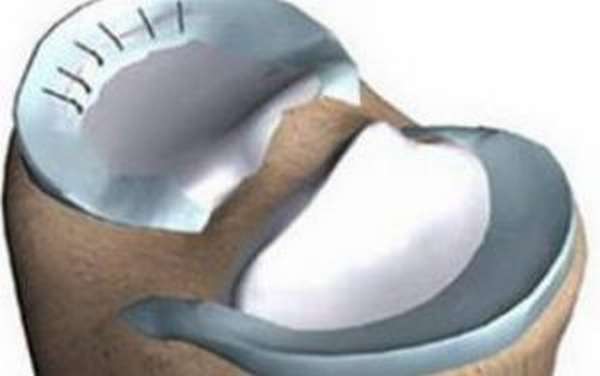
With severe bruises of the chest and abdomen, internal organs can also be damaged.Therefore, it is important to see a doctor as early as possible in order to avoid complications. You can find out more about treatment for bruises of the hand and other locations on our website Dobrobut.com. If, in the event of an injury, incomprehensible changes have developed in the tissues, immediately contact the emergency room.
Injury or fracture of the rib cartilage: causes, symptoms, treatment.
The function of our chest is to support the upper body and protect the internal organs such as the lungs and heart.The rib cage also helps with breathing.
Costochondritis, caused by damage to the chest, is one of several causes of chest pain. Rib injuries are rib bruises, sprains of the rib muscles, rib bone fracture and cartilage fracture caused mainly by direct impact.
Chest injury is an extremely painful condition. Traumatic damage to the cartilage results in severe pain and breathing difficulties.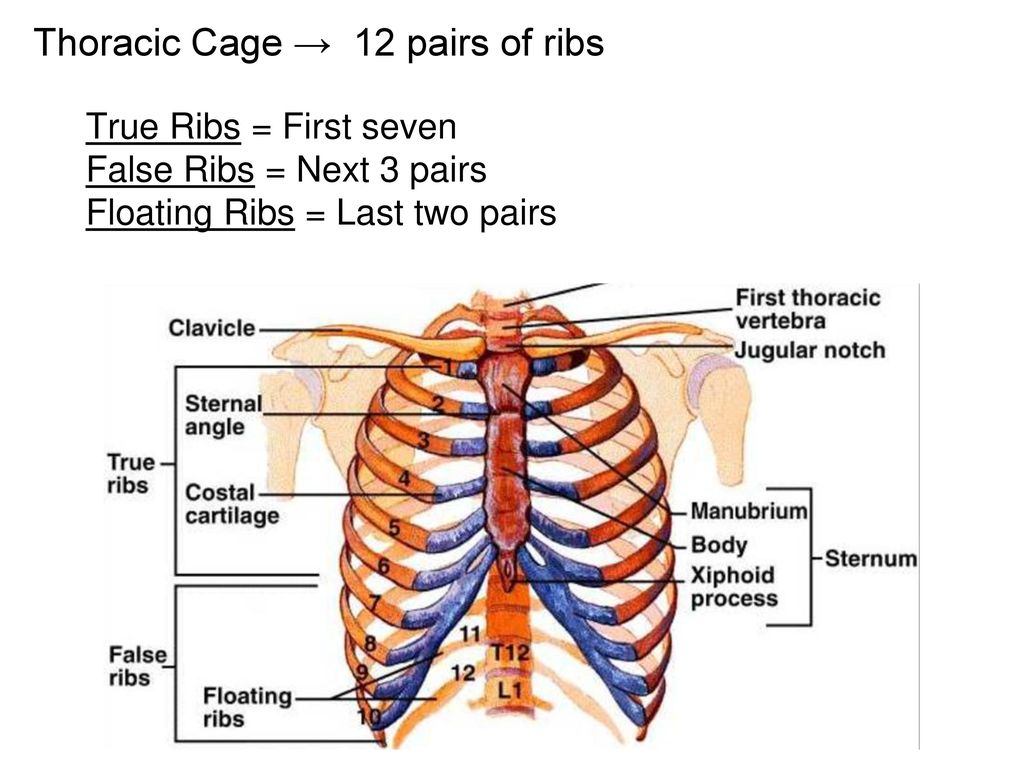 In this article, we will discuss the causes, symptoms, and treatments for rib cartilage injury.
In this article, we will discuss the causes, symptoms, and treatments for rib cartilage injury.
Injury or fracture of the rib cartilage: how to define pain
The rib cage is formed by 24 ribs, costal cartilage, sternum and vertebral column. Twelve ribs lie on either side of the chest wall and form a half loop that encompasses the front, side, and back of the chest.
The first seven pairs of ribs are connected directly to the sternum (sternum) by a cartilage called costal cartilage. These pairs of ribs are also called true ribs. The next five pairs of ribs are known as false ribs.
Five false ribs (6th-10th ribs) are connected to the common cartilage. The connection between the 6th and 10th ribs with common cartilage is known as the osteochondral joint. Common cartilage is attached to the sternum or sternum. The last two pairs are not connected to the sternum at all and are called floating ribs.
The joints of the chest in our body are held together by ligaments and muscles. The movement of the chest during inhalation and exhalation is achieved by muscle contractions. The ribcage expands during inhalation and contracts during exhalation.Any damage to these cartilages results in severe chest or chest pain during inhalation and exhalation with movements of the ribs and cartilage attached to the ribs.
The movement of the chest during inhalation and exhalation is achieved by muscle contractions. The ribcage expands during inhalation and contracts during exhalation.Any damage to these cartilages results in severe chest or chest pain during inhalation and exhalation with movements of the ribs and cartilage attached to the ribs.
Injury or fracture of the rib cartilage: causes of damage
The rib cartilage lies on either side of the sternum.
- Sports Injury- Costal cartilage damage can also occur from excessive and repeated pressure on the chest, especially in athletes that require swinging their arms with extreme force.A sudden jerking movement of the chest can also damage the costal cartilage.
- Work Injury – Direct exposure to heavy equipment on the chest wall may fracture or dislocate the chest cartilage.
- Car Accident- Costal cartilage injury can also occur as a result of accidents in high-speed vehicles, especially when the airbags fail to deploy, causing the chest to hit the steering wheel directly.

- Internal injuries of costal cartilage are often observed after direct trauma or falling onto the anterior (anterior) chest.
- Assault or Bodily Injury – Injuries to cartilage, such as fracture or dislocation, resulting from attacks and direct strikes to the chest with a hard object.
- Forceful Cough – There is also a medical condition in which the ribs are detached from its attachment, which can lead to a violent forceful cough.
Risk factors for injury or fracture of rib cartilage
- Age – Older patients suffering from degenerative diseases are prone to bruised cartilage after a fall or rapid jerking movements of the upper body or chest.
- Athletes – people who participate in sports such as tennis or volleyball are at risk of rib cartilage injury. In addition, weightlifters are more prone to rib cartilage injury, especially when they are doing clean and jerky movements.

- Seat Belt Not Fastened – The passenger or driver is at risk if the seat belt is not fastened while driving.
- Chronic smoking – people with a history of chronic smoking suffer from smokers’ cough. A persistent, violent cough in smokers can damage the rib cartilage in elderly patients with a history of degenerative disease.
Injury or fracture of the rib cartilage: symptoms of damage
Some of the symptoms are:
- Excruciating pain where the injury occurred.
- Severe pain when moving, taking a deep breath or when coughing and sneezing
- Crepitus with palpation in the area of the injury
- Muscle spasms in the chest area
- Chest deformity
- Breathing problems
Diagnosis of trauma or fracture of the 13 rib
- Chest X-ray – any kind of rib injury may result in rib fracture; therefore, a chest x-ray should be obtained as soon as injury occurs.
 X-ray allows you to exclude a fracture of the ribs. X-rays may not show a hairline or displaced cartilage fracture.
X-ray allows you to exclude a fracture of the ribs. X-rays may not show a hairline or displaced cartilage fracture. - Computed tomography and MRI scan – Selective computed tomography or MRI scan of delicate and painful cartilage does show a hairline and unbiased cartilage fracture and dislocation of the costochondral joint.
- Bone Scans- In addition to chest x-rays, bone scans, and other imaging studies are also performed to confirm the diagnosis of rib cartilage injury.
Injury or fracture of the rib cartilage: treatment
Conservative treatment
- Rest
- Local ice application
Medicines
- In case of rib cartilage injury, pain management with minor medication is the treatment of choice …
- Medicines such as ibuprofen or NSAIDs are usually used by doctors to treat rib cartilage injury to help with pain and inflammation.
Physiotherapy (PT) for the treatment of injury or fracture of the rib cartilage
- Physiotherapy is not tolerated during the initial phase of pain.
- Physiotherapy is recommended after 6-8 weeks of the primary injury.
- Physiotherapy helps to strengthen the intercostal muscles.
Intercostal pain therapy for rib cartilage injury or rib cartilage fracture
- Intercostal nerve block with local anesthetic and corticosteroids is tried to treat pain and inflammation.
- Initial 3 injections tried. If pain relief is adequate and lasts 4 to 6 weeks, then subsequent injections are tried every 6 weeks.
What is the recovery time from a rib cartilage injury or fracture?
The usual time it takes to fully recover from a rib cartilage injury is approximately three to four months, because the cartilage takes a long time to heal because the blood supply is difficult. Abstaining from strenuous activities and taking adequate rest can speed up the healing time.
Surgical Fixation of Sternal Fractures: Preoperative Planning and a Safe Surgical Technique Using Locked Titanium Plates and Depth Limited Drilling
Although most chest fractures are treated conservatively, sometimes surgical fixation becomes necessary. The sternum anatomy and stability of the anterior chest wall are restored with firm fixation using a locked osteosynthesis plate. The use of very thin plates (1.5 mm or 2.0 mm thick) ensures adequate stability on the one hand and high patient comfort on the other side 12. Very good results have also been reported for any type of plate interlock, such as the LCP system or plates designed for other bones such as the cervical spine or distal radius 6.27.
A closed plate is considered to provide an advantage in biological fixation to be functional as an internal fixator with significantly reduced friction between plate and bone 9. Positioning such an internal fixator on the anterior surface of the sternum ensures sufficient fixation of the convex FRacture surface and thus thus reducing the pulling forces to destruction.At the same time, each respiratory movement causes compression of the inner sternum cortex and destruction, thus stimulating bone healing. Each screw must be locked securely in order to ensure the effectiveness of the internal retainer.
As we recommend fixing each fragment with at least three screws, there can be no limitation in the case of very short fragments. Possible solutions for the lintel of these fragments, and the use of special plates that allow longitudinal and transverse fastening in one person.In the future, “T” or “H” -shaped plates may be useful in those situations.
Some surgeons show a reluctance to work on the chest wall, probably due to a lack of experience in this particular area. There is a need for a simple and reliable method to stabilize the sternum 1.12. The above method represents one of the possible STAndards and reduces the risk of complications from surgery through accurate preoperative planning, subperiosteal soft tissue dissection, and limited drilling depth.There lies the difference in the use of any other plates does not provide the possibility of limited drilling depth (Table 1), , while preoperative planning, preparation stages and fracture reduction can be performed similarly to the described method of this manuscript,
As a three-dimensional reconstructed CT scan allows to diagnose fractures of the sternum and associated fractures with high sensitivity, the surgeon receives detailed information about the injury 28.29. CT shows the special position and direction of the rupture, as well as any dislocation. This critical information simplifies preoperative planning for a targeted surgical approach, as shown in steps 1.1-1.5. In addition, it allows precise planning in the number and design of the plates to be used for fixation, as shown in steps 2.2-2.3. Perhaps the limitation of CT is the difficulty in showing undislocated fractures and cartilage abnormalities, although these could contribute to chest wall instability.
Subperiosteal dissection and depth-limited drilling are the two most important steps to surgical safety.
Reduction of sternum fragments from their anatomical position usually requires an approach to the posterior wall of the sternum. This procedure can injure the mediastinal organs, the surrounding vessels and the sternum 7.18 blood supply. Performing a strictly subperiosteal incision near the sternum, as shown in step 2.1.7, will minimize the risk of complications.Fractures, which show lateral dislocation, may have their own fragments move very close to the internal thoracic vessels. In those cases, the surgeon should be aware of any damage to those vessels that could lead to serious bleeding. At the time the bleeding in this region is identified, the surgeon should immediately stop it through the intercostal approach to the inner thoracic vessel. Dissection of the intercostal muscles and insertion of a distributor into the affected intercostal space provides quick and proper access to the injured vessel.
Drilling too deep should be avoided as this can cause life-threatening injuries to the mediastinum. This is ensured by the depth of limited drilling in combination with the measurement of the thickness of the sternum and the selection of a drill bit of the appropriate length 12.
Summarizing the considered limitations of the procedures and the possible implementation of the anterior sternum covering with low profile blocked titanium plates can be expected to be successful if preoperative planning with the help of computer tomography, subperiostal opening and depth-limited drilling is performed.
Cracked rib – signs, causes, symptoms, treatment and prevention
Diagnostics
If you suspect a fracture or rib fracture, you should make an appointment with a trauma doctor. If there are symptoms of an upper respiratory tract or lung disease, consult a physician. Most often, to diagnose a rib crack, it is enough to conduct a survey and an initial examination. Patients can clearly show the place where the most severe pain is felt.On palpation, you can identify the most painful part of the rib. The main sign of a rib fracture is “soreness along the length” – when pressing on any part of the rib, pain occurs in the place where the rib fracture occurred. To confirm the diagnosis, appoint:
- computed tomography;
- chest x-ray.
Treatment
A traumatologist is involved in the treatment of a fractured rib. If, in the presence of a rib crack, there are various injuries of internal organs, inpatient treatment is prescribed.In all other cases, home treatment is possible. Treatment for this condition includes:
- prescribing pain relievers;
- apply ice to the site of injury or injury;
- bed rest;
- to carry out breathing exercises;
The duration of treatment for a rib fracture is up to six weeks.
In case of improper treatment of a rib fracture, it may be improper fusion, which can lead to various complications and discomfort.
Prevention
Prevention of rib cracks implies:
- observance of traffic rules;
- avoidance of traumatic situations;
- timely detection and treatment of infectious and inflammatory diseases of the body;
- moderate physical activity;
- preventive examination by specialists.
Literature and sources
Related videos:
90,000 Osteoarticular pain in the thoracic spine and chest
N.V. PIZOVA , MD, professor, Yaroslavl State Medical Academy, Ministry of Health of Russia
The article discusses in detail the causes and mechanisms of vertebral pain syndromes.A differentiated approach to therapy is presented, taking into account the pathogenesis and stage of the underlying disease. The advantages of using combined drugs (diclofenac and B vitamins) in the treatment of patients with back pain are described.
Back pain is one of the most frequent sufferings of modern man. It is associated with significant economic losses due to temporary and even permanent disability in young and middle-aged people. Back pain accounts for up to 6% of all direct costs of treatment of various diseases, 15% of all days of disability and 18% of causes of disability [1].Acute and chronic back pain can be a manifestation of any disease. And a doctor of any specialty has two main tasks – to identify the cause of pain and find a drug that adequately helps with it.
All back pain syndromes can be classified into the following categories:
1. by reason – vertebral and non-vertebral;
2. by the mechanism – reflex, compression, against the background of instability of the spinal motion segment (VMS), vascular, inflammatory;
3.by localization – local, reflected and radiating;
4. in duration – acute and chronic.
During life, back pain occurs in 70–90% of the population, and in 20–25% it is recorded annually. In the vast majority of patients, as a result of the therapy, pain is relieved within 4 weeks. At the same time, 73% of patients develop at least one exacerbation during the first year [2, 3, 4]. Thus, according to a Russian study, the most frequent localization of pain (576 patients – 60.6%) was the back.According to medical records, back pain was regarded as dorsopathy in 417 (72.4%) patients and, as a result of herniated disc in 104 (18.1%) patients. In 34 (5.9%) patients, osteoporotic fractures of the vertebral bodies were established, and in 21 – other causes of back pain [5].
Chronization of back pain is observed in 20–25% of cases, and this category of patients accounts for up to 80% of the economic costs associated with the pain syndrome of this localization [6]. Chronic pain is the result of complex interactions between biological, psychological, social and cultural factors that make it difficult to diagnose and treat pain [7, 8].Chronic back pain can be classified as nociceptive, neuropathic, inflammatory, dysfunctional, or may be mixed when there are characteristics of several types of pain [9]. Although the causes and clinical manifestations are different, the mechanisms by which these types of pain occur may overlap and the patient may develop chronic back pain with more than one type of pain.
A source of back pain can be painful impulses associated with the spine itself – vertebral factors (ligaments, muscles, periosteum of processes, annulus fibrosus, joints, roots), and with other structures – extravertebral factors (muscles, visceral organs, joints ).Traditionally, thoracalgia, like other pain syndromes, depending on the cause, are divided into vertebrogenic (pathogenetically caused by changes in the spine) and non-vertebral pain syndromes. Vertebrogenic thoracalgic syndromes include lesions of the thoracic roots in a herniated disc, stenosis of the spinal canal, spondylolisthesis and instability, arthropathic syndrome in degenerative lesions of the facet and costo-transverse joints. Vertebrogenic causes of pain in the thoracic spine also include relatively rare malignant neoplasms of the spine (primary tumors and metastases), inflammatory (spondyloarthropathies, including ankylosing spondylitis) and infectious lesions (osteomyelitis, epidural abscess, tuberculosis), as well as compression fractures of the bodies due to osteoporosis.The cause of non-vertebral pain syndromes can be the pathology of internal organs and muscle pain syndromes, which can form under the influence of both vertebrogenic and non-vertebral changes. Therefore, the division into vertebrogenic and non-vertebral pain syndromes can be considered rather relative. In addition, psychogenic pain syndromes (panic attacks and hyperventilation disorders) are a possible cause of non-vertebral chest pain.
Clinical syndromes in spondylogenic thoracalgia include [10]:
1.local vertebral syndrome, often accompanied by local pain syndrome, tension and soreness of the adjacent muscles, soreness and deformity, limited mobility or instability of one or more adjacent segments of the spine;
2. remote vertebral syndrome;
3.reflex (irritative) syndromes: reflected pain, muscle-tonic, neurodystrophic syndromes, autonomic (vasomotor, etc.) disorders, etc.;
4.compression (compression-ischemic) radicular syndromes;
5. syndrome of compression (ischemia) of the spinal cord.
Vertebral pain syndromes are conventionally divided into reflex (found in 85–90% of cases) and compression (observed in 10–15% of cases). Reflex pain syndromes occur due to irritation of the receptor apparatus in muscles, tendons and fascia, ligaments, joints of the spine, intervertebral disc, etc. due to the formation of sites of nociception with a local nonspecific inflammatory reaction.Under conditions of activation of the synthesis and release of pro-inflammatory and algogenic substances (substance P, kinins, prostaglandins, leukotrienes, cytokines, nitric oxide, tumor necrosis factor, etc.), the excitability (sensitization) of nociceptors increases. As a result, a powerful stream of nociceptive afferentation is formed, which enters through the dorsal roots into the neurons of the dorsal horns of the spinal cord, from where, along the ascending nociceptive pathways, it reaches the central parts of the nervous system (reticular formation, thalamus, limbic system and cerebral cortex), causing NMDA-dependent increases in these structures the concentration of intracellular calcium and the activation of phospholipase A2.The latter stimulates the formation of free arachidonic acid and the synthesis of prostaglandins in neurons, which, in turn, enhances their excitability [11, 12]. Simultaneously, in the posterior horns of the spinal cord, the flow of pain impulses through the intercalary neurons activates the neurons of the lateral horn with the activation of adrenergic (sympathetic) innervation and the motor neurons of the anterior horns of the spinal cord. The activation of the latter leads to a spasm of the muscles innervated by this segment of the spinal cord (sensorimotor reflex). Muscle spasm is an additional source of pain due to the activation of muscle nociceptors due to its shortening, the development of neurodystrophic changes and impaired microcirculation in muscle tissue.As a result, the vicious circle “pain, neurogenic inflammation – increased protective muscle tension, pathological changes in muscles – increased pain” is closed, which contributes to the development of persistent reflex muscular-tonic syndrome [11, 12, 13]. Normally, there is a strictly balanced relationship between the intensity of the stimulus and the response to it. The antinociceptive system carries out downward inhibitory cerebral control over the conduction of pain impulses, inhibits the transmission of pain stimuli from primary afferent fibers to intercalary neurons.The interaction of these structures leads to the final assessment of pain with an appropriate behavioral response. However, long-term preservation of nociceptive impulses leads to the formation of stable pathological connections, the appearance of pronounced dystrophic changes in the surrounding tissues, which, in turn, become a source of pain signals, thereby increasing peripheral pain afferentation, which contributes to the depletion of the antinociceptive system [11, 12, 13] … The chronic course can be facilitated by inadequate treatment of acute pain, excessive limitation of physical activity, “painful” personality type, low mood background, in some cases, the patient’s interest in long-term disability, aggravation of existing symptoms or “rent” attitude to the disease.With a long course of the disease, pathological changes occur in the roots with the development of axonal and / or demyelinating processes.
The term “osteochondrosis” was proposed in 1933 by the German orthopedist Hildebrandt to denote involutional changes in the musculoskeletal system [14]. Osteochondrosis (Greek osteon – bone, chondros – cartilage, osis – a suffix denoting a pathological condition) is understood as a congenital or acquired degenerative-dystrophic cascade process, which is based on disc degeneration with subsequent secondary involvement of the bodies of adjacent vertebrae, intervertebral joints and ligamentous apparatus …In turn, the intervertebral disc is a component of the intervertebral symphysis – a complex connection of the vertebrae in the spinal column. In the symphysis of the spine, in contrast to the synovial joints, between the surfaces of the vertebrae covered with hyaline cartilage, there is not synovial fluid, but a specific formation of a cartilaginous nature – an intervertebral disc, consisting of a nucleus pulposus and an annulus fibrosus. The first in morphological structure approaches hyaline cartilage due to the high content of proteoglycans, hyaluronic acid, type II collagen and water.Whereas the annulus fibrosus belongs to fibrous cartilage with a high collagen content (up to 68%), mainly due to type I collagen in the outer plates of the annulus, and rich in sulfated glycosaminoglycans integrated into large proteoglycan molecules, with a characteristic ability to retain water [11, fifteen]. Nevertheless, despite the existing differences in the morphological structure of synovial joints and intervertebral symphysis, there is an opinion about the similarity of arthritic changes occurring in them, expressed in the imbalance of anabolic and catabolic processes in the cartilage matrix [16].An imbalance of the most important homeostatic processes leads to a decrease in the synthesis of complete collagens and proteoglycans by chondrocytes. Non-sulfated glycosaminoglycan, hyaluronic acid, is no exception, providing the formation of matrix proteoglycan aggregates and hydration of the nucleus pulposus, which plays the role of a protective cushion (due to hydration and changes in its volume). Changes in the quality and quantity of hyaluronic acid in osteochondrosis leads to a decrease in the content of bound water in the nucleus pulposus and to the destruction of the collagen network, especially in the pericellular zones of chondrocytes [17, 18, 19].The latter is primarily associated with an increase in the synthesis of metalloproteinases (collagenase, stromelysin), which ultimately leads to the complete disappearance of the pericellular collagen network, to the loss of the amortization properties of the intervertebral disc as a whole.
Osteochondrosis and spondyloarthrosis are provoked by identical pathogenetic factors, in response to which, in the involved structures of the PDS (including two adjacent vertebrae and an intervertebral disc, own articular, muscular-ligamentous apparatus, the vascular system, as well as the area of the spinal cord corresponding to this level, roots and spinal vegetative ganglia with their connections within this segment), biochemically and immunologically active mediators interacting with sensitive receptors are released, which in turn triggers complex and not yet fully understood neurophysiological mechanisms of pain formation [11].It has been established that the source of pain can be an anatomical structure innervated by unmyelinated fibers or containing substance P (or peptides similar to it) [20, 21]. For a long time, the intervertebral disc was considered indifferent to the generation of pain impulses by the formation, since no nerve endings were found in it. More detailed anatomical and histochemical studies have shown the presence of thin nerve endings in the outer third of the annulus fibrosus – 1–2 segments above or below its outlet [11, 18, 19].
Another source of pain is considered to be the facet joints, the synovial capsule of which is richly innervated by the articular nerves, which are branches of the posterior branches of the spinal nerves, and small accessory nerves from the muscle branches. The facet joints, due to their vertical orientation, offer very little resistance to compression, especially flexion. This slight resistance is most likely due to the stretching of the capsular ligaments.In conditions of extension, the facet joints account for 15 to 25% of the compression forces, which can increase with disc degeneration and narrowing of the intervertebral space [11, 21]. With sudden unprepared movements associated with rotation of the torso, lifting weights, when working with arms raised above the head, facet syndrome often occurs. The pathogenesis of this syndrome is associated with the convergence of the articular surfaces of the facet (facet) joints and their blockage when the load on the joint and its ligamentous apparatus increases.Pain associated with facet syndrome in the thoracic spine can range from mild to severe discomfort and severe disability. It usually increases with extension and decreases with flexion of the spine and can be reflected on the anterior surface of the chest. Below and above the level of joint blocking, reflex spasm of the muscle that straightens the spine is often determined [22, 23, 24, 25, 26].
One of the causes of chest pain may be Tietze’s syndrome, first described by Tietze in 1921.This syndrome is a relatively rare condition characterized by the presence of nonspecific benign reversible painful edema in region II (in 60% of cases) or III costal cartilage. In 80% of cases, there is a unilateral lesion limited to one costal cartilage. The pain is usually well localized, but it can radiate along the entire front surface of the chest wall, as well as in the shoulder girdle and neck. Redness, fever and other changes in the skin over the affected area are absent.The pain usually regresses spontaneously after 2-3 weeks, but it often bothers for several months, and the residual edema can persist for up to several years. The disease usually develops in young or childhood years. Its reasons are unknown [22, 23, 24, 25, 26].
One of the most common causes of chest pain is rib-sternum syndrome. This syndrome is much more common than Tietze’s syndrome. In rib-sternum syndrome, palpation in 90% of cases reveals multiple zones of pain: in the left parasternal region, below the left breast, in the projection of the pectoral muscles and sternum.There is no local edema in cost-sternal syndrome. The cartilages of the II and V ribs are most often affected. With the defeat of the upper costal cartilage, pain irradiation to the region of the heart is often noted. The pain usually increases with chest movements. The disease is more common in women over 40 years of age [22, 23, 24, 25, 26].
Sliding rib syndrome is another common cause of chest pain. The syndrome is characterized by intense pain in the projection of the lower edge of the costal arch and an increase in the mobility of the anterior end of the costal cartilage, usually X and less often VIII and IX ribs.It is believed that this condition has a traumatic origin and is associated with recurrent subluxation of the costal cartilage during torso rotation. Unlike the superior ribs, the cartilaginous parts of which form the sternocostal joints, the cartilaginous parts of the VIII – X ribs form articulations with the cartilaginous parts of the superior ribs using the external intercostal membrane. This zone is anatomically the weakest area of the chest, prone to trauma. Following damage to the cartilaginous articulation, the free cartilaginous part of the rib deviates upward, shifting in the vertical or anteroposterior direction during breathing relative to the overlying cartilage, which is accompanied by pain and a characteristic clicking sensation.The pain, as a rule, is acute or shooting in nature, is localized in the upper quadrant of the abdominal wall and is provoked by hyperextension of the chest when lifting the arms up. In the acute stage of the disease, the patient often takes a forced position with the torso tilted forward and to the painful side to reduce the tension of the abdominal wall muscles attached to the costal corners. In some cases, displaced costal cartilage can injure the perichondrium of the superior rib and intercostal nerve. Pathognomonic for this condition is the test described by Holms, which consists in pulling the edge of the rib anteriorly with a bent finger.In this case, a typical pain pattern is reproduced, accompanied by a characteristic click. Carrying out such a manipulation on the healthy side is not accompanied by the described phenomenon. The diagnosis can also be confirmed by infiltration of the space between the separated cartilage and the rib with 5 ml of 0.5% lidocaine solution, leading to a complete regression of pain sensations 10 minutes after the procedure [22, 23, 24, 25, 26].
Diffuse idiopathic skeletal hyperostosis (Forestier disease) is a disease that is relatively common in middle-aged and elderly people, mainly in men.The main symptoms are usually mild to moderate pain and a feeling of stiffness in the thoracic and lumbar spine. On examination, an increase in thoracic kyphosis, limitation of the range of motion in the thoracic spine and chest excursions are determined. Local tenderness is often detected on palpation of the thoracic and lumbar spine. To confirm the diagnosis of diffuse idiopathic skeletal hyperostosis, it is necessary to conduct an X-ray of the spine, which reveals hyperostosis, which is most pronounced in the thoracic region and manifests itself by linear ossification along the anterior surface of four adjacent vertebrae and more with preservation of X-ray clarification between the bone deposits and the vertebral bodies, as well as the relative preservation of the height of the intervertebral interval.Also characteristic is the formation of osteophytes between the bodies of adjacent vertebrae, which are interconnected in the form of “bridges” [22, 23, 24, 25, 26].
Diagnosis of vertebrogenic pain syndromes includes establishing the nature of pain and their relationship with static and dynamic loads, identifying trigger points, symptoms of tension in the nerve trunks. Computed tomography and magnetic resonance imaging and radiography are important for determining the nature of the process, assessing the degree of existing changes.Electroneuromyography is used to determine the functional state of the roots, to determine the place and stage of their lesion [2, 6, 12, 13]. Already at the first examination of the patient, danger symptoms (“red flags”), which are generally recognized in dorsalgia, should be excluded, namely, to pay attention to the presence of fever, local pain and local temperature rise in the paravertebral region, which are characteristic of an infectious lesion of the spine. A tumor (primary or metastatic) may be evidenced by an unreasonable decrease in body weight, a history of malignant neoplasm of any localization, persistence of pain at rest and at night, as well as the patient’s age over 50 years.Compression fracture of the spine is more often observed with trauma, the use of corticosteroids, and in persons over 50 years of age. With a tumor lesion of the spinal cord, pain can be constant or recurrent, appear at rest and decrease with movement, often leads to sleep disturbance, forcing to move or sleep in a forced position, for example, sitting. Against the background of constant pain, lumbago is often noted, provoked by coughing or sneezing. Motor and sensory disorders are identified, corresponding to the level of damage.With syringomyelia and multiple sclerosis, pain can also occur, the localization of which depends on the area of the spinal cord injury.
Herpes zoster with the development of postherpetic neuralgia, diabetes mellitus, and fractures of the thoracic vertebrae can be other causes of lesions of the thoracic roots. The pain in these cases, as a rule, is prolonged, intense, localized in the area of the corresponding segment, has a constricting or burning character, is often accompanied by short lumbago, may be lancinating.The pain increases at night and with movements in the thoracic spine. Hyperesthesia, hyperalgesia, and hyperpathy are common in the affected segments. To clarify the diagnosis, it is necessary to carry out X-ray, CT, MRI of the thoracic spine. With injuries of the ribs, the interosseous nerves can be affected, which is accompanied by sharp superficial, burning pains in the area of their innervation. The pain increases with inspiration or with movement of the chest, resembling pain with pleurisy. As a rule, a small area of segmental hyperalgesia or hyperesthesia is detected, which occurs even when one nerve is damaged.
After identifying the cause, mechanism, nature and duration of the pain syndrome, the question of the selection of adequate therapy is decided. Treatment should always be individualized. It depends on the nature of the underlying disease and is subdivided into undifferentiated and differentiated therapy. The main objectives of undifferentiated therapy are to reduce pain or the patient’s reactions to pain and eliminate autonomic reactions. The main direction of differentiated therapy of pain syndromes in the back is the influence on their pathogenetic mechanisms; treatment also depends on the phase of the underlying disease.The basic principles of conservative treatment include: 1) drug treatment with the use of analgesics, non-steroidal anti-inflammatory drugs (NSAIDs), dehydration, vascular and phlebotonic drugs, angioprotectors, antihypoxants, antioxidants, muscle relaxants, B vitamins, biostimulants, immunostimulants, anti-inflammatory drugs, desiccants , metabolites, anticholinesterase, absorbable and vegetotropic drugs; 2) reflex treatment using acupuncture, laser therapy, physiotherapy, massage (segmental), thermal procedures, physiotherapy exercises (exercise therapy), manual therapy, local irritants; 3) orthopedic treatment involving immobilization, traction therapy, massage, exercise therapy, manual therapy; 4) local anesthetic treatment with the appointment of chloroethyl irrigation, blockades, applications of Dimexidum, analgesic and anti-inflammatory ointments, gels, patches.
The first and fundamentally important task facing a doctor is the fastest and most effective pain relief. NSAIDs are the most widely used drugs for symptomatic pain relief [27]. They are quite effective, easy to use, inexpensive and generally well tolerated. It should be noted that the effectiveness of NSAIDs as analgesics is determined not only by the peripheral action associated with a decrease in the synthesis of prostaglandins, as well as other mediators of pain and inflammation in damaged or inflamed tissues.
The most widely used NSAIDs are from the group of non-selective inhibitors of cyclooxygenase (COX). The main recommendations for the use of NSAIDs (in monotherapy or in combination with other analgesic drugs): 1) their appointment is advisable for acute or chronic diseases and pathological conditions, manifested by pain associated with both inflammatory and degenerative lesions of the organs of the musculoskeletal system, acute trauma and surgery; 2) the duration of the use of NSAIDs depends on the duration and intensity of pain in a particular situation; 3) for the relief of acute pain syndrome, it is advisable to prescribe parenteral forms of NSAIDs or giving the most pronounced analgesic effect with a minimal risk of side effects; 4) with a long course of treatment, NSAIDs with an average or long half-life are recommended orally or in the form of rectal suppositories.These drugs are characterized by a good analgesic and anti-inflammatory effect, provide a relatively rapid elimination of pain.
In modern medicine, the recognized standard for the treatment of diseases with severe pain syndrome is diclofenac, which is one of the most commonly prescribed pain medications. Like other NSAIDs, dilofenac inhibits the activity of the enzyme COX, which is involved in the formation of prostaglandins from arachidonic acid. Diclofenac also inhibits the activity of the lipoxygenase enzyme.According to Russian studies, with the simultaneous administration of diclofenac and B vitamins, a higher Cmax value was noted compared with the use of only diclofenac [28]. To increase the therapeutic effect of diclofenac, while minimizing its dose, with the help of B vitamins, a highly effective combined preparation Neurodiclovit was created, one capsule of which contains 50.0 mg of diclofenac, 50.0 mg of vitamin B1, 50.0 mg of vitamin B6 and 250.0 mcg of vitamin B12.B vitamins have a wide range of pharmacodynamic properties and are involved as coenzyme forms in most metabolic processes. It is known that thiamine (vitamin B1) has a significant effect on the regeneration processes of damaged nerve fibers, provides energy for axoplasmic transport, regulates protein and carbohydrate metabolism in the cell, affects the conduction of nerve impulses, and promotes the development of an analgesic effect. Pyridoxine (vitamin B6) is a cofactor for many enzymes acting in the cells of the nervous tissue, participates in the synthesis of neurotransmitters of the antinociceptive system (serotonin, norepinephrine), supports the synthesis of transport proteins and sphingosine, a structural element of the nerve fiber membrane.provides delivery of fatty acids for cell membranes and myelin sheath. Cyanocobalamin (vitamin B12) provides the delivery of fatty acids to cell membranes and myelin sheath. The use of vitamin B12 promotes not only remyelination (due to the activation of the transmethylation reaction, which ensures the synthesis of phosphatidylcholine of nerve cell membranes), but also a decrease in the intensity of pain syndrome, which is associated with the intrinsic antinociceptive effect of high doses of cyanocobalamin [29]. Experimental studies have shown that vitamin B1 alone or in combination with vitamins B6 and B12 is capable of inhibiting the passage of pain impulses at the level of the posterior horns of the spinal cord and thalamus [30].B vitamins perform the function of coenzymes in metabolism, in particular in the nervous tissue, which enhances the analgesic effect of diclofenac. Using B vitamins in the treatment of pain syndrome, it should be remembered that their analgesic properties decrease accordingly: B12˃B6˃B1 and that the multivitamin complex (B1 + B6 + B12) has a more pronounced analgesic effect than monotherapy with vitamin B1, B6 or AT 12. In the treatment of acute back pain, the combination of B vitamins with NSAIDs is more effective than NSAID monotherapy [31].The drug is used for inflammatory and degenerative diseases of the joints and spine (chronic polyarthritis, rheumatic and rheumatoid arthritis, ankylosing spondylitis, osteoarthritis, spondyloarthrosis). Neurodiclovitis has a low incidence of unwanted complications and good individual tolerance, which allows it to be recommended for widespread use in the treatment of patients with osteoarticular pain in the thoracic spine and chest.
The main therapeutic measures of individual forms are presented in Table 1.
Table 1. Main treatment measures
Nosological form | Treatment activities |
Tietze syndrome | Local warming procedures and the use of NSAIDs. With a high intensity of pain syndrome – infiltration of the affected joints with local anesthetics (0.25–0.5% novocaine solution), sometimes in combination with corticosteroids. |
costo-sternum syndrome | Intercostal nerve blocks with local anesthetic in the posterior axillary line |
sliding rib syndrome | Explaining to the patient the benign nature of the condition, NSAIDs, blockade with local anesthetics and corticosteroids.If these measures are ineffective, they sometimes resort to resection of the edge of the rib. |
sternoclavicular hyperostosis | NSAIDs, warming physiotherapy and exercises aimed at strengthening the muscles of the back. |
facet syndrome | Infiltration of the affected joints with a local anesthetic solution, warming the painful area and active physiotherapy aimed at strengthening the muscles of the abdominal wall and the muscle that straightens the spine. |
Literature:
1. Statistisches Bundesamt. Health report for Germany: Federal Health Bulletin. Wiesbaden: Metzler-Poeschel; 1998.
2. Putilina M.V. Features of diagnosis and treatment of dorsopathies in neurological practice. Consilium medicum: An evidence-based journal for medical practitioners. 2006; 8 (8): 4448.
3. Fedin A.I. Dorsopathies (classification and diagnosis). Atmosphere.Nervous diseases. 2002; 2: 28.
4. Manek N., MacGregor A.J. Epidemiology of low back disorders. Curr. Opin. Rheumatol. 2005; 17 (2): 134140
5. Naumov A.V., Semenov P.A. Pain in Russia: facts and conclusions. Consilium Medicum 2010; 12 (2): 38–41.
6. Buchner M., Neubauer E., ZahltenHinguranage A., Schiltenwolf M. Age as a predicting factor in the therapy outcome of multidisciplinary treatment of patients with chronic low back pain a prospective longitudinal clinical study in 406 patients.Clin. Rheumatol. 2007; 26: 385392.
7. Hainline B. Chronic pain: Physiological, diagnostic, and management considerations. Psychiatr Clin North Am. 2005; 28: 713-5.
8. Morley S. Psychology of pain. Br J Anaesth. 2008; 101: 25-31.
9. Costigan M., Scholz J., Woolf C. J. Neuropathic pain: A maladaptive response of the nervous system to damage. Annu Rev Neurosci. 2009; 32: 1-32.
10. Handbook on the formulation of the clinical diagnosis of diseases of the nervous system / Ed.V.P. Stock, O.S. Levin. – M .: MIA, 2006 .– 520 p.
11. Ivanova M.F., Evtushenko S.K. Dorsalgia due to degenerative dystrophic pathology of the spine. News of medicine and pharmacy. 2010; 15 (335): 1617.
12. Pain (a practical guide for doctors) / Ed. N.N. Yakhno, M.L. Kukushkina. – M .: Publishing house of the Russian Academy of Medical Sciences, 2011 .– 512 p.
13. Damulin I.V. Back pain: diagnostic and therapeutic aspects. – M .: RKI Severo press, 2008 .– 40 p.
14. Mendel O.I., Nikiforov A.S. Degenerative diseases of the spine, their complications and treatment. Russian medical journal. 2006; 14 (4): 34-39.
15. Shostak N.A. Modern approaches to the treatment of pain in the lower back. Consilium medicum. 2003; 5 (8): 457-461.
16. Khodyrev V.N., Golikova L.G. Clinical efficacy of alflutop in spinal osteochondrosis (12-month study). Scientific and practical rheumatology. 2005; 2: 33-36.
17.Zborovskiy A.B., Brain E.E. Alflutop: experience of many years of clinical use. Pharmateca. 2006; 19: 35-40.
18. Mense S. Pathophysiology of low back pain and transition to the chronic state – experimental data and new concepts. Schmerz. Der. 2001; 15: 413-420.
19. Kamchatov P.R. Acute spondylogenous dorsalgia is a conservative therapy. Russian medical journal. 2007; 15 (10): 64-74.
20. Golubev V.L. Neurological Syndromes: A Guide for Physicians / Ed.V.L. Golubeva, A.M. Wayne. – 2nd ed., Add. and revised – M: MEDpress-inform, 2007 .– 736 p.
21. Podchufarova E.V. Chronic back pain: pathogenesis, diagnosis, treatment. Russian medical journal. 2003; 11 (25): 1395-1401.
22. Danilov A.B. Cardialgia and abdominalgia. Pain syndromes in neurological practice / Ed. Veyna A.M. – M .: Medpress-inform, 2001.
23. Khabirov FA Clinical neurology of the spine. – Kazan, 2003 .– 472 p.
24.Podchufarova E.V., Yakhno N.N. Pain in the back and extremities // Diseases of the nervous system: A guide for doctors / Ed. N.N. Yakhno. – M., 2005 .– T. 2.
25. Bonomo L., Fabio F.


 4 °F in an adult
4 °F in an adult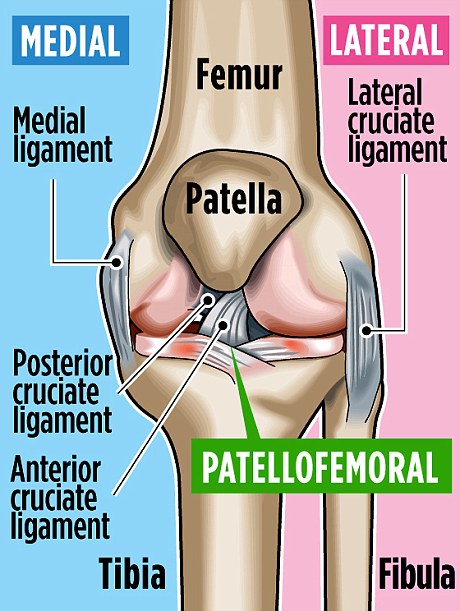

 000
000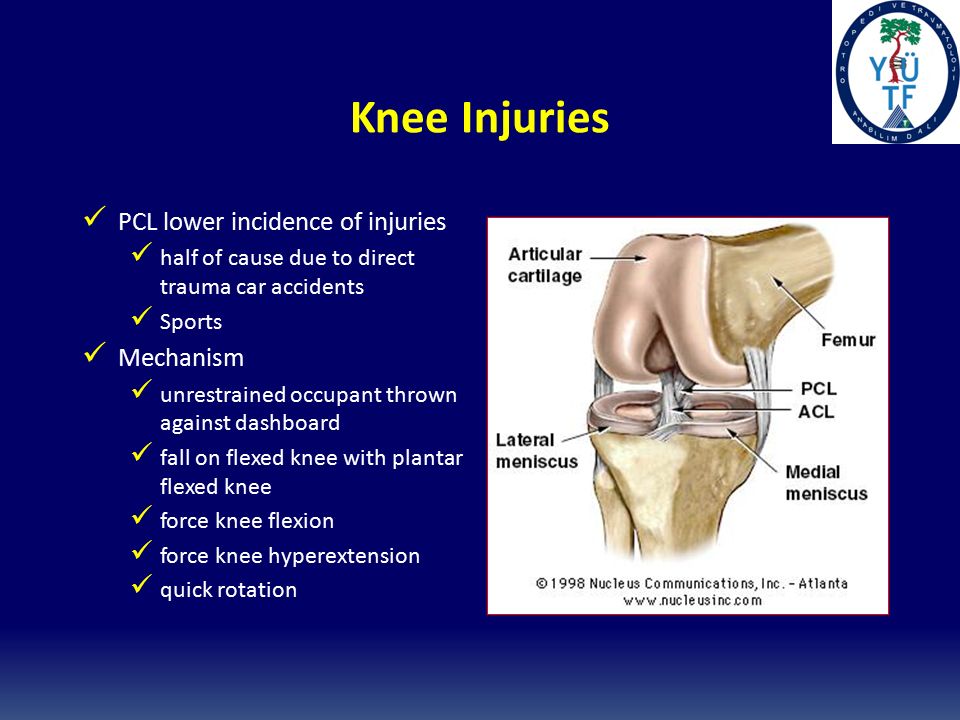

 They articulate with the sternum by the sternocostal joints. The first rib is an exception to that rule; it is a synarthrosis and the first rib could uniquely articulate with the clavicle by the costoclavicular joint
They articulate with the sternum by the sternocostal joints. The first rib is an exception to that rule; it is a synarthrosis and the first rib could uniquely articulate with the clavicle by the costoclavicular joint
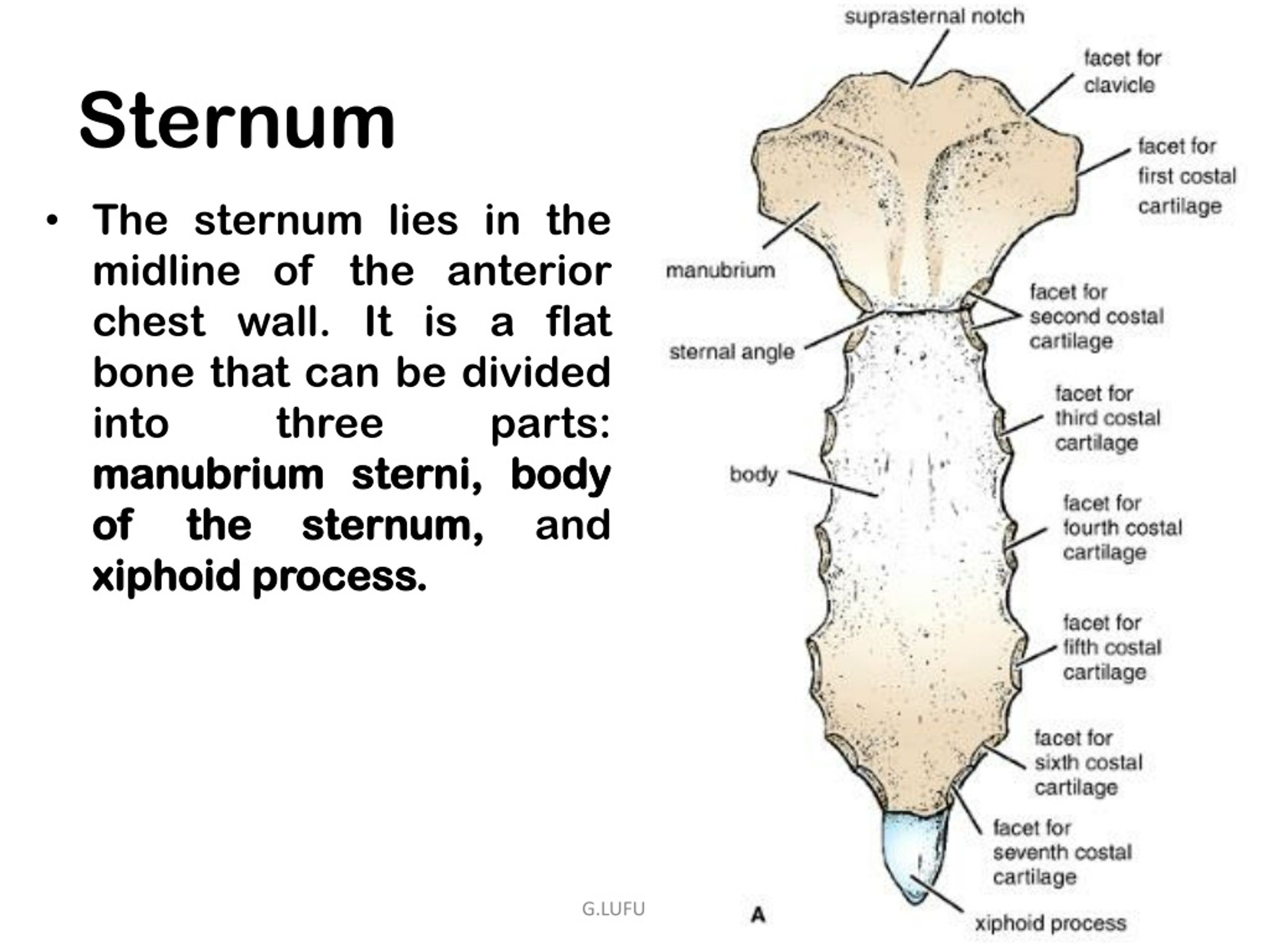
 [15]
[15]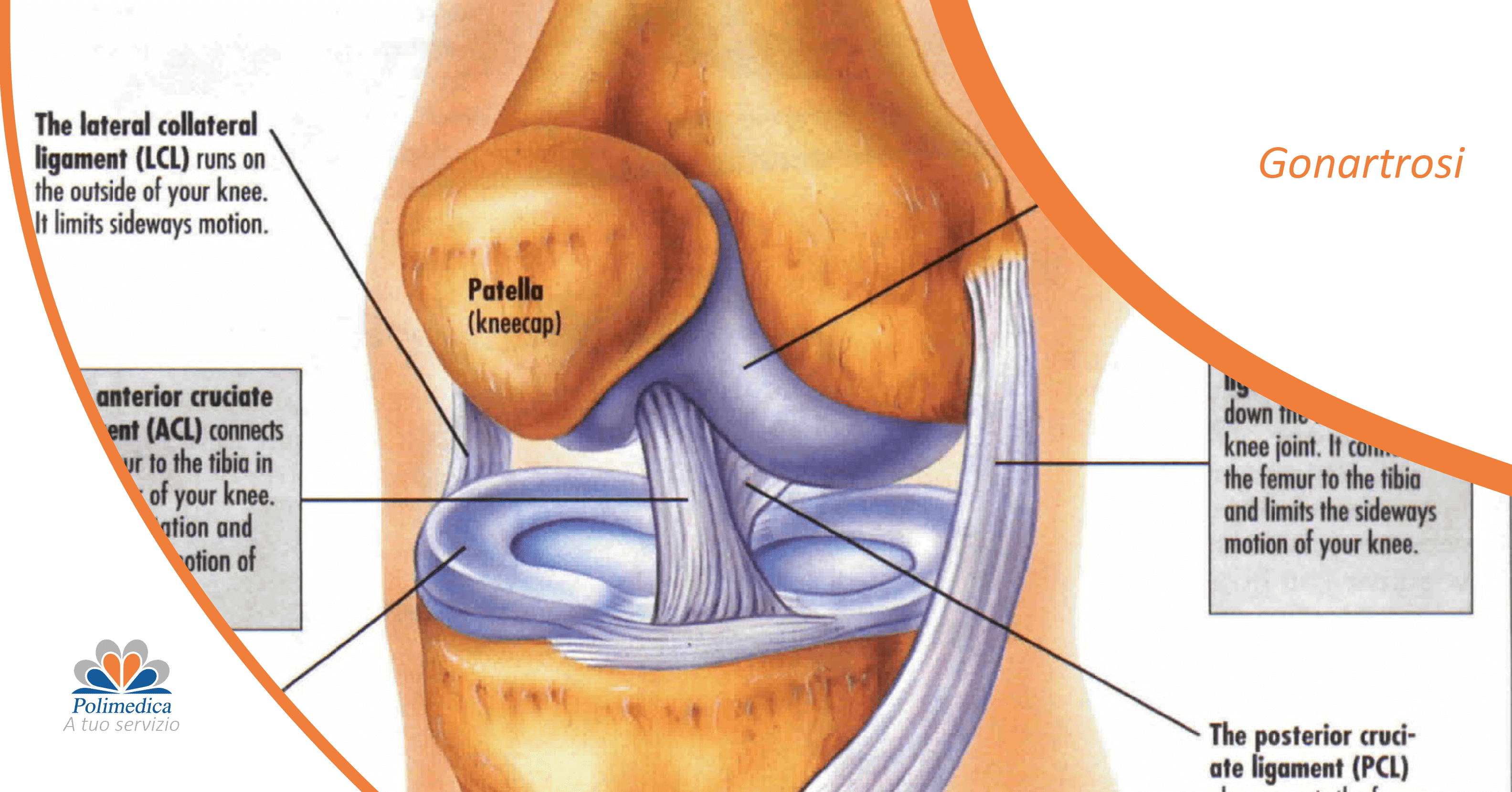 [17]
[17]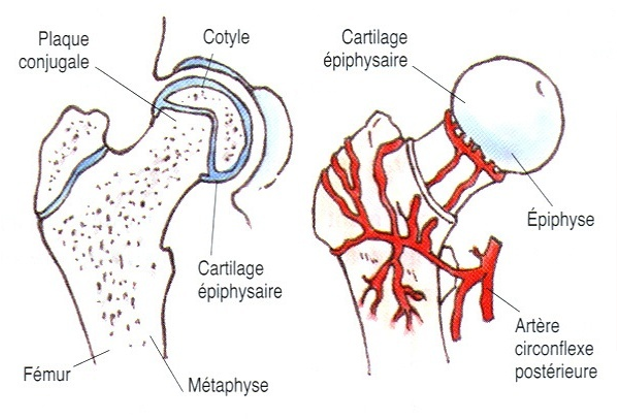 Instead of using cold pads, the patient can also use Vapocoolant spray on the involved areas. This spray can relief the pain on the chest.[20]
Instead of using cold pads, the patient can also use Vapocoolant spray on the involved areas. This spray can relief the pain on the chest.[20]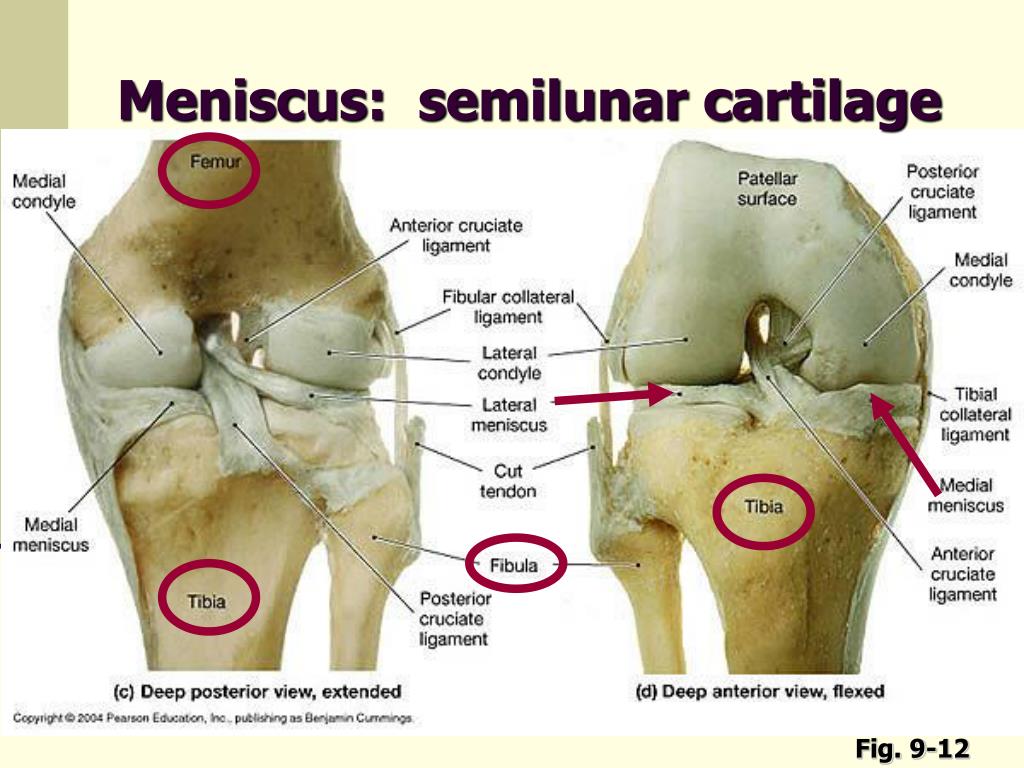 pectoralis major can be helpful (stretch the M. pectoralis major, stand in a corner for 10 sec with both of your hands against the wall (like when you do a push-up)repeat it a few times a day for 1 or 2 minutes).
pectoralis major can be helpful (stretch the M. pectoralis major, stand in a corner for 10 sec with both of your hands against the wall (like when you do a push-up)repeat it a few times a day for 1 or 2 minutes).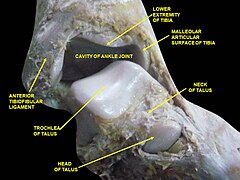 Stretching exercises for costochondritis pain. G Ital Med Lav Ergon. Apr-Jun 2009;31(2):169-71
Stretching exercises for costochondritis pain. G Ital Med Lav Ergon. Apr-Jun 2009;31(2):169-71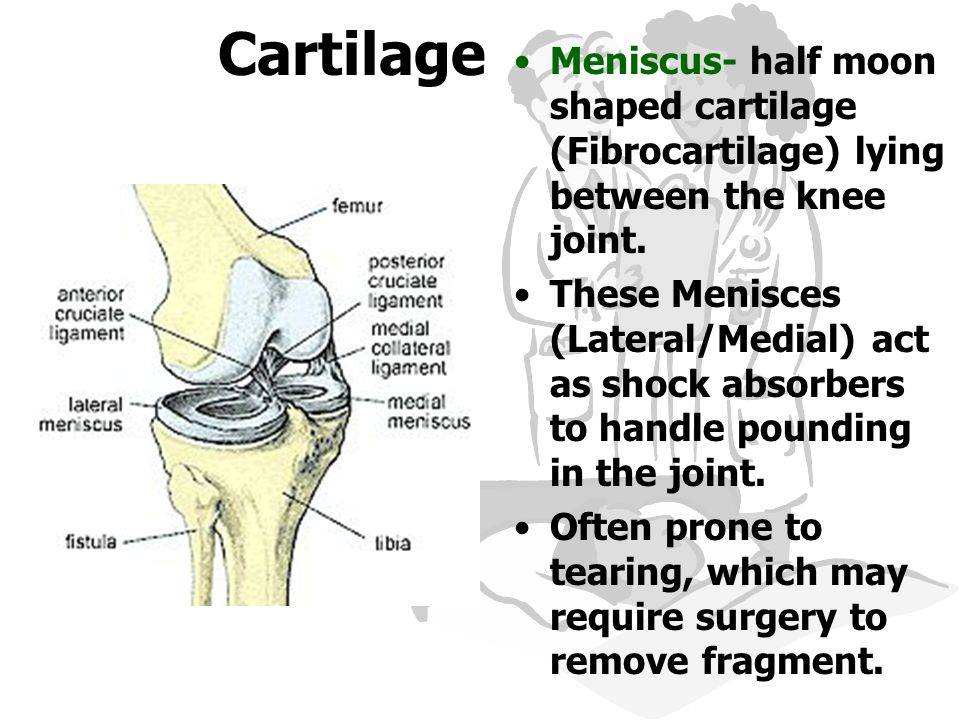 onhealth.com/images/slideshow/xl-sq-promos/chest-pain-costochondritis.jpg
onhealth.com/images/slideshow/xl-sq-promos/chest-pain-costochondritis.jpg Sept 19851; 133(5):379-389
Sept 19851; 133(5):379-389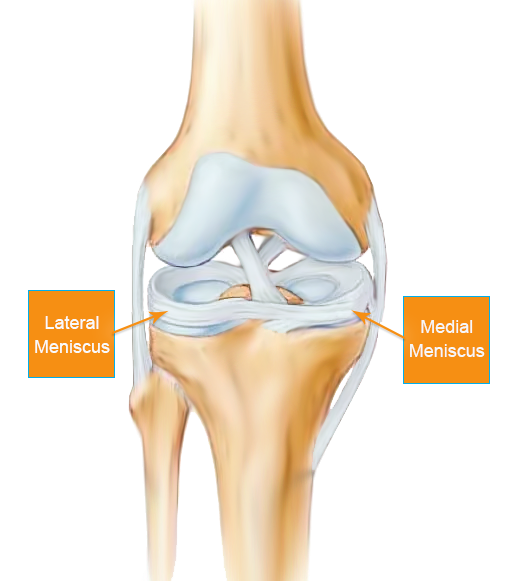 Blood. 2012 Dec 13; 120(25): 4929–4937.
Blood. 2012 Dec 13; 120(25): 4929–4937.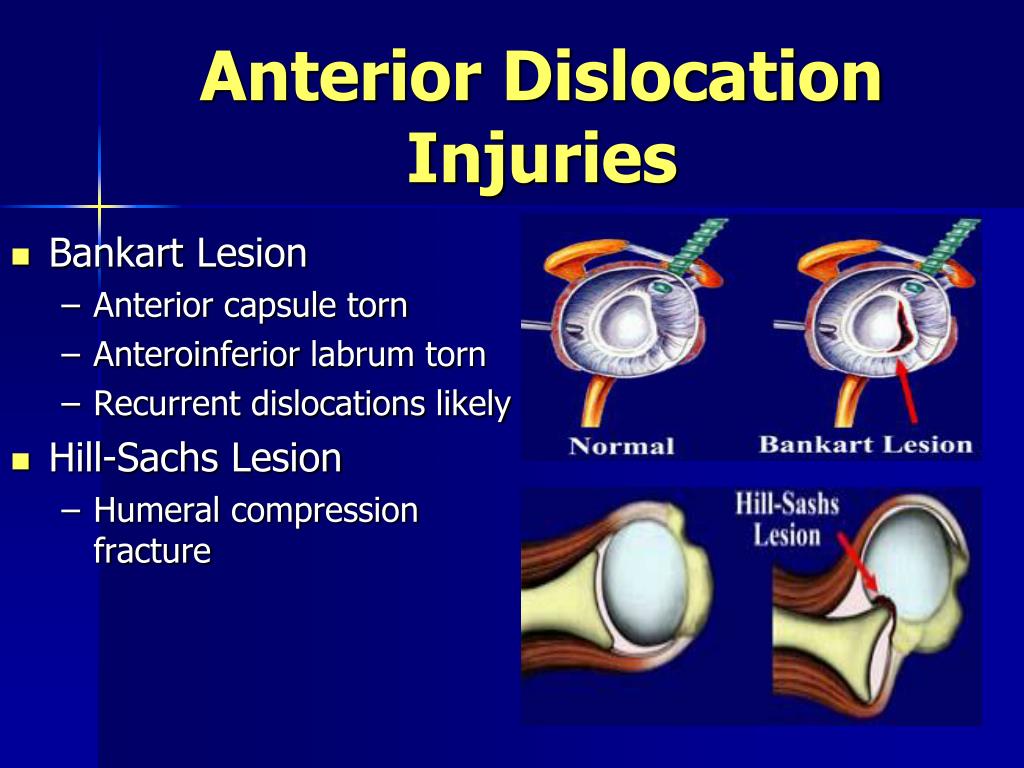 et al. ; Can early diagnosis and management of costochondritis reduce acute chest pain admissions ?; J Rheumatol ; 2004 ; 31(11)-2269-71
et al. ; Can early diagnosis and management of costochondritis reduce acute chest pain admissions ?; J Rheumatol ; 2004 ; 31(11)-2269-71 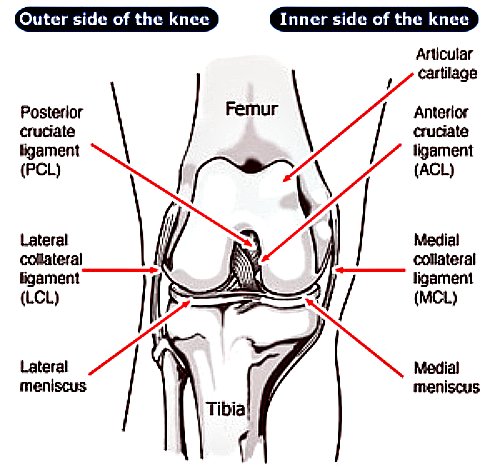
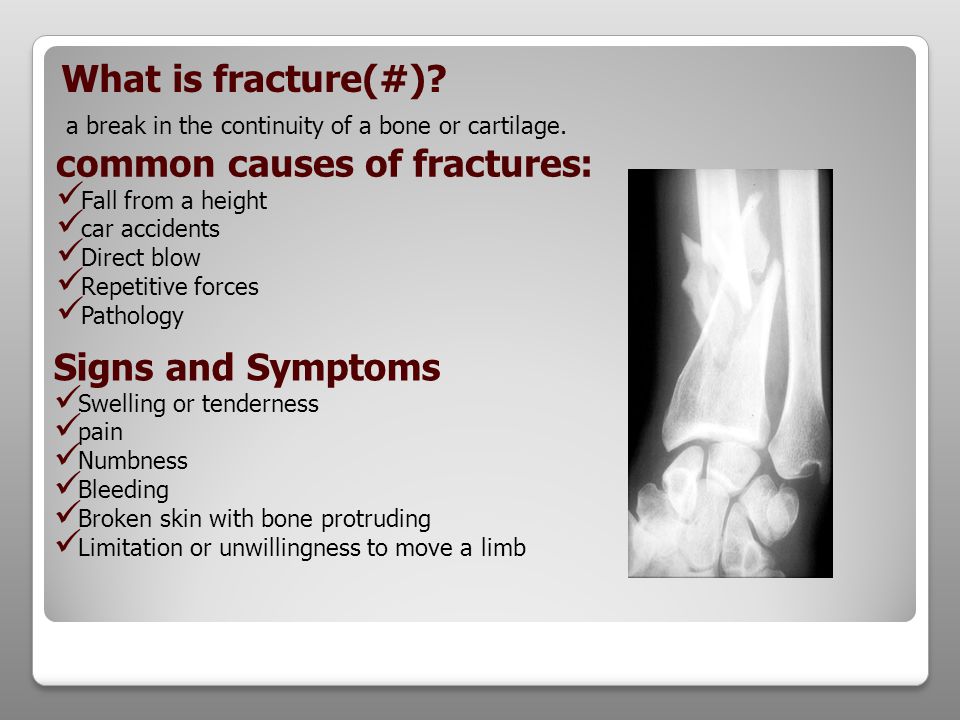 Chest pain in adults is considered a potentially serious symptom of the disease and, first of all, it is necessary to exclude cardiac pathology (ECG, tests, examination, etc.). Only after a thorough examination and exclusion of the cardiac genesis of pain can the presence of costal chondritis be assumed. Differential diagnosis is sometimes difficult.In adults, costal chondritis is more common in women.
Chest pain in adults is considered a potentially serious symptom of the disease and, first of all, it is necessary to exclude cardiac pathology (ECG, tests, examination, etc.). Only after a thorough examination and exclusion of the cardiac genesis of pain can the presence of costal chondritis be assumed. Differential diagnosis is sometimes difficult.In adults, costal chondritis is more common in women.


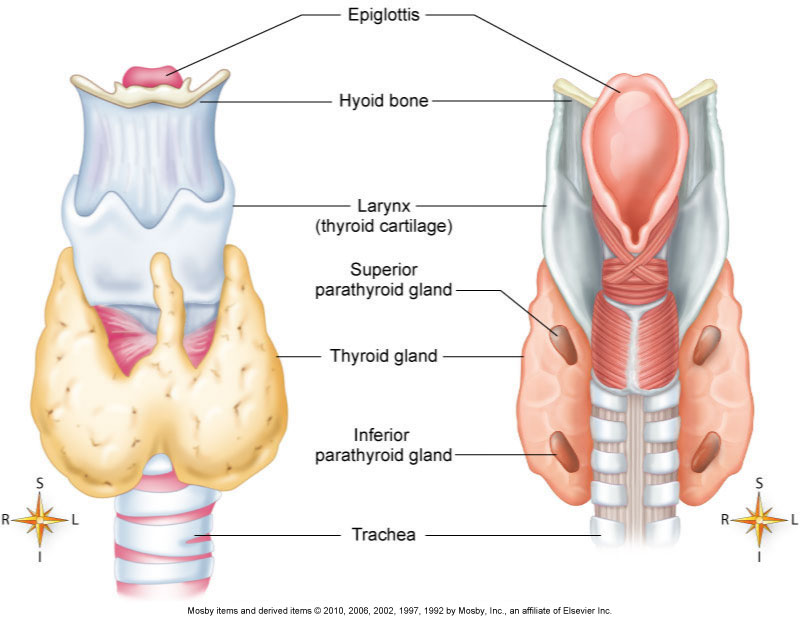
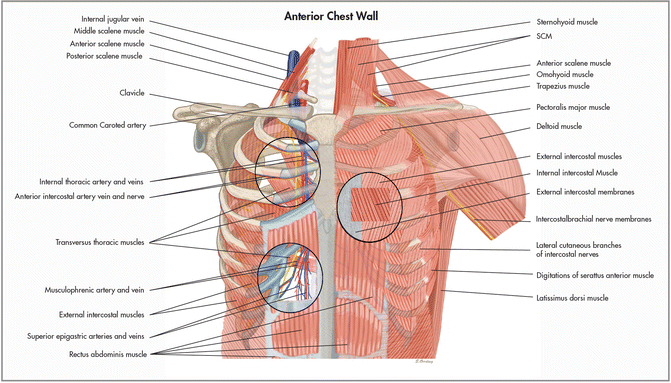 X-ray allows you to exclude a fracture of the ribs. X-rays may not show a hairline or displaced cartilage fracture.
X-ray allows you to exclude a fracture of the ribs. X-rays may not show a hairline or displaced cartilage fracture.